Transforming your garden's appearance doesn't require expensive materials or complex installations. Recycled garden edging offers an eco-friendly solution that adds character while reducing waste. Using recycled materials for garden edging significantly reduces waste by choosing items that would otherwise end up in landfills. These sustainable approaches create distinctive borders that define planting areas, prevent grass encroachment, and enhance your landscape's overall aesthetic appeal. Modern garden edging ideas using recycled materials provide eco-friendly options and are ideal for curved pathways or flower beds. From glass bottles to wooden pallets, countless household items can be repurposed into stunning garden boundaries that combine environmental responsibility with creative design solutions.
1. Recycled Glass Bottle Garden Edging Border

Bury glass bottles upside down for vibrant garden edging or stack them for creative raised beds. This stunning recycled garden edging technique transforms discarded bottles into shimmering borders that catch sunlight beautifully. The bottles sparkle in the snow during winter, creating huge smiles from many people who view the gardens. Create uniform heights for a clean appearance or vary bottle lengths for artistic flair. You can vary the heights of each bottle, or keep it all uniform. Choose to use bottles of all one color, or mix it up. Installation involves digging trenches deep enough to secure bottles while leaving 2-3 inches exposed above ground. Dig a trench just wide enough to put the bottles in and deep enough so there is about 2 1/2 to 3 inches of the bottle above the ground. This method works exceptionally well for cottage garden styles where whimsical elements enhance the natural charm.
2. Reclaimed Wooden Pallet Garden Edging System
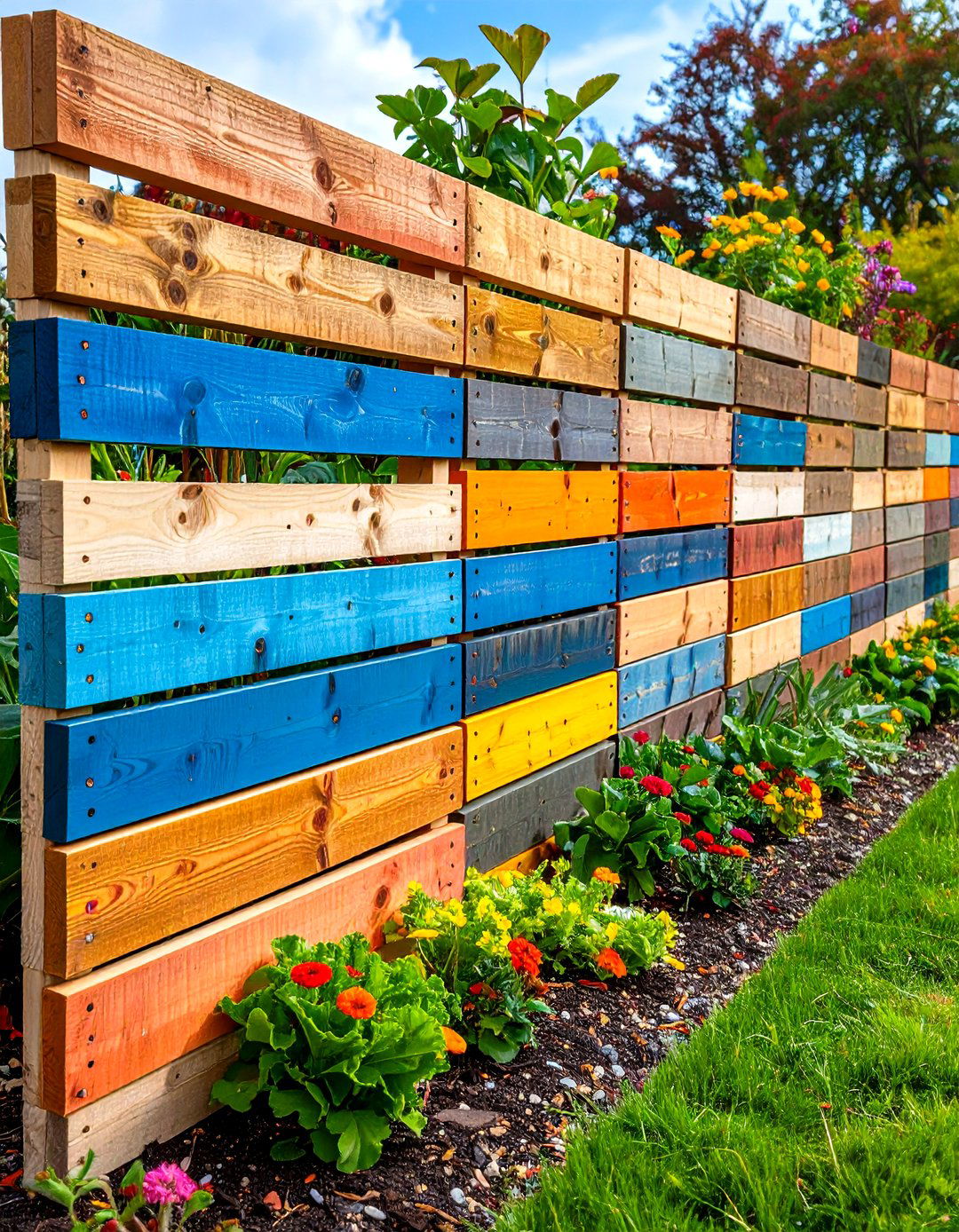
Pallets are a great DIY building material, and with good reason. It's a renewable resource, that is usually free. This rustic recycled garden edging approach transforms shipping pallets into charming border structures. Upcycled pallet boards are easy to find and often free, which makes them a great choice for any garden project. Disassemble pallets carefully, selecting the best boards for your edging project. Use the lumber to cut sections of wood, paint some of them randomly and sloppily (for that "vintage" feel) with leftover house paint and leave some unfinished. Sand them down or apply a coat of outdoor sealant to protect the wood from the elements and extends the life of my garden edging. Arrange pieces vertically for fence-like appearance or horizontally for low-profile borders. This sustainable solution provides excellent soil retention while adding authentic farmhouse character to vegetable gardens and flower beds.
3. Painted Tire Recycled Garden Edging Design
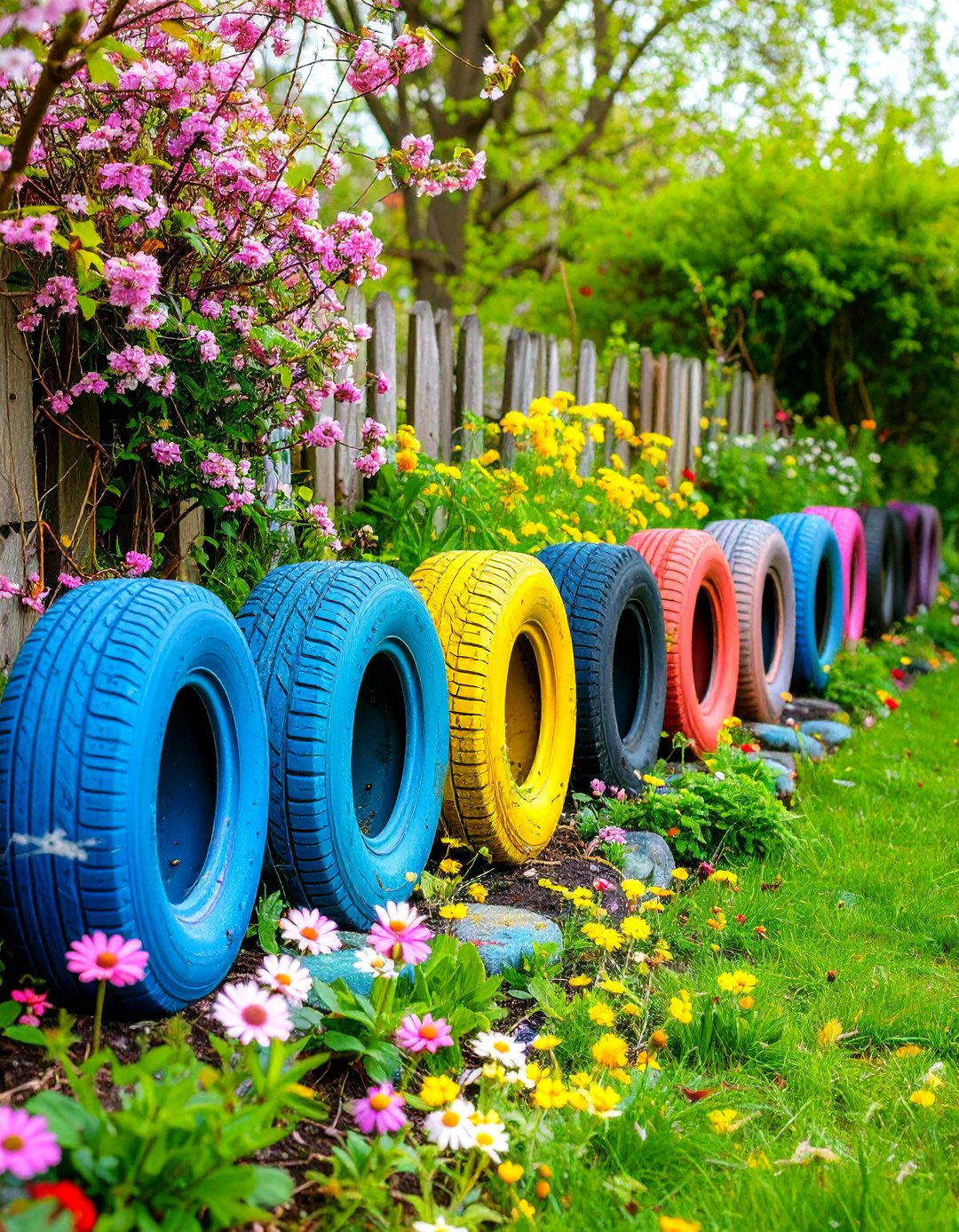
Turn old tires into eye-catching garden edging. Cut them in half and arrange them along your garden beds for a unique look. This innovative recycled garden edging solution transforms automotive waste into colorful landscape features. Use recycled tires to create unique and modern edging in your gardens. Paint them and add a visual appeal to your space, making them more appealing. You can paint them in vibrant colors to add a fun element to your garden. Select tires in good condition, clean thoroughly, and apply primer before painting with weather-resistant outdoor paint. The rubber material retains moisture and can help keep weeds at bay, making it practical as well as stylish. Painting the tires in bright colors makes them even more fun. I like to arrange them in a circle for a charming herb garden. This approach works particularly well for children's gardens, playful cottage designs, or contemporary landscapes seeking bold accent elements.
4. Reclaimed Brick Recycled Garden Edging Pattern
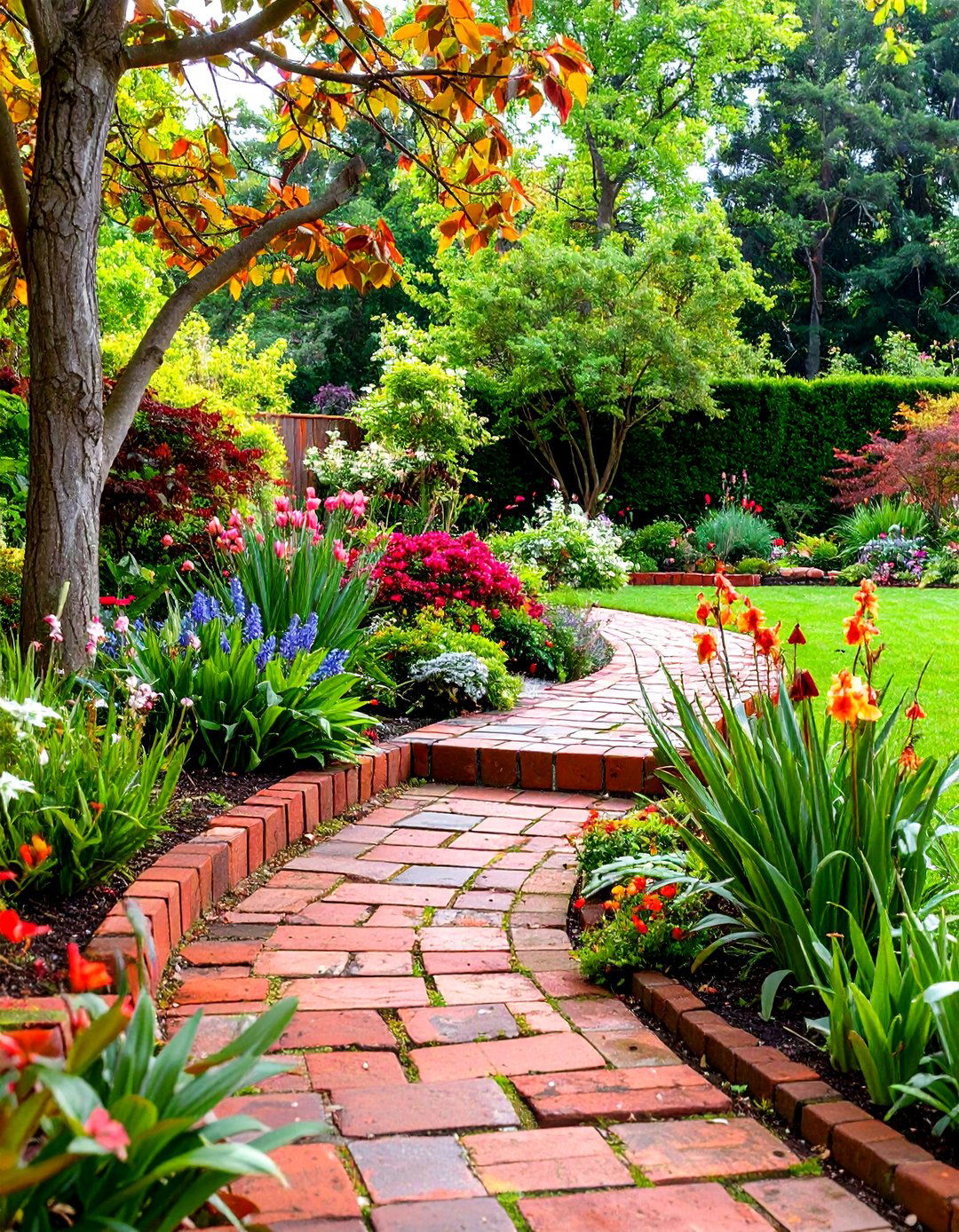
Did you know you can buy reclaimed brick (for cheap!) at places like 'Home Depot'? Make the world a better place by recycling an age old material into your garden edging. This classic recycled garden edging technique creates timeless borders with architectural character. Old Brick Edging bring a classic look to my landscape. Plus, they are durable and can withstand weather changes. I often find bricks at construction sites or yard sales. It's a great way to recycle materials. We suggest digging a trench and laying out your brick, then back fill with soil half way up the depth of the brick. Create herringbone patterns, straight lines, or curved designs depending on your garden's style. Another fun idea is to stack them at different heights. This adds a unique touch to my garden. I can also paint them for a splash of color. This versatile approach suits formal gardens, cottage landscapes, and contemporary designs requiring structured definition.
5. Broken Ceramic Plate Recycled Garden Edging Mosaic
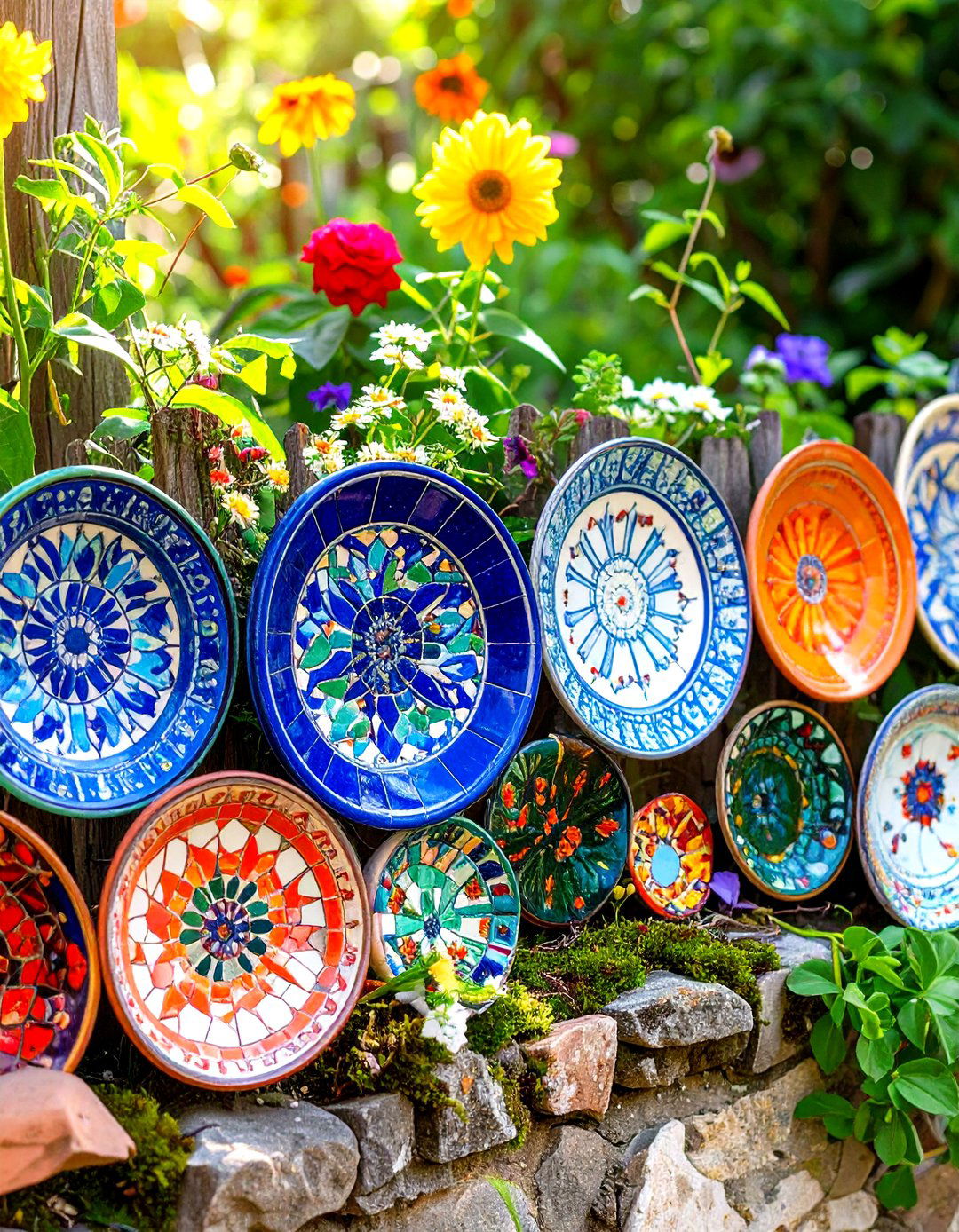
Here is a great way to recycle broken or old dishes, saucers, or even old ceramic pots and planters. This artistic recycled garden edging technique transforms discarded dinnerware into stunning mosaic borders. Break up the dishes into pieces and use in a trench much the same as you would small decorative stone. Place a few dishes at a time into an old pillowcase to protect you from flying glass, wear safety glasses, and take your hammer to it. ceramic plates, reclaimed bricks, or repurposed wood can all become charming and functional borders. This approach adds a playful or artistic touch. These dinner plates make a very uncommon way to set up a garden border. Using plates that would otherwise sit in a china cabinet is an excellent way to make use of items that usually remain "off limits". Control fragment sizes according to your design vision and install safely in prepared trenches for secure placement.
6. Reclaimed Metal Steel Recycled Garden Edging Strip
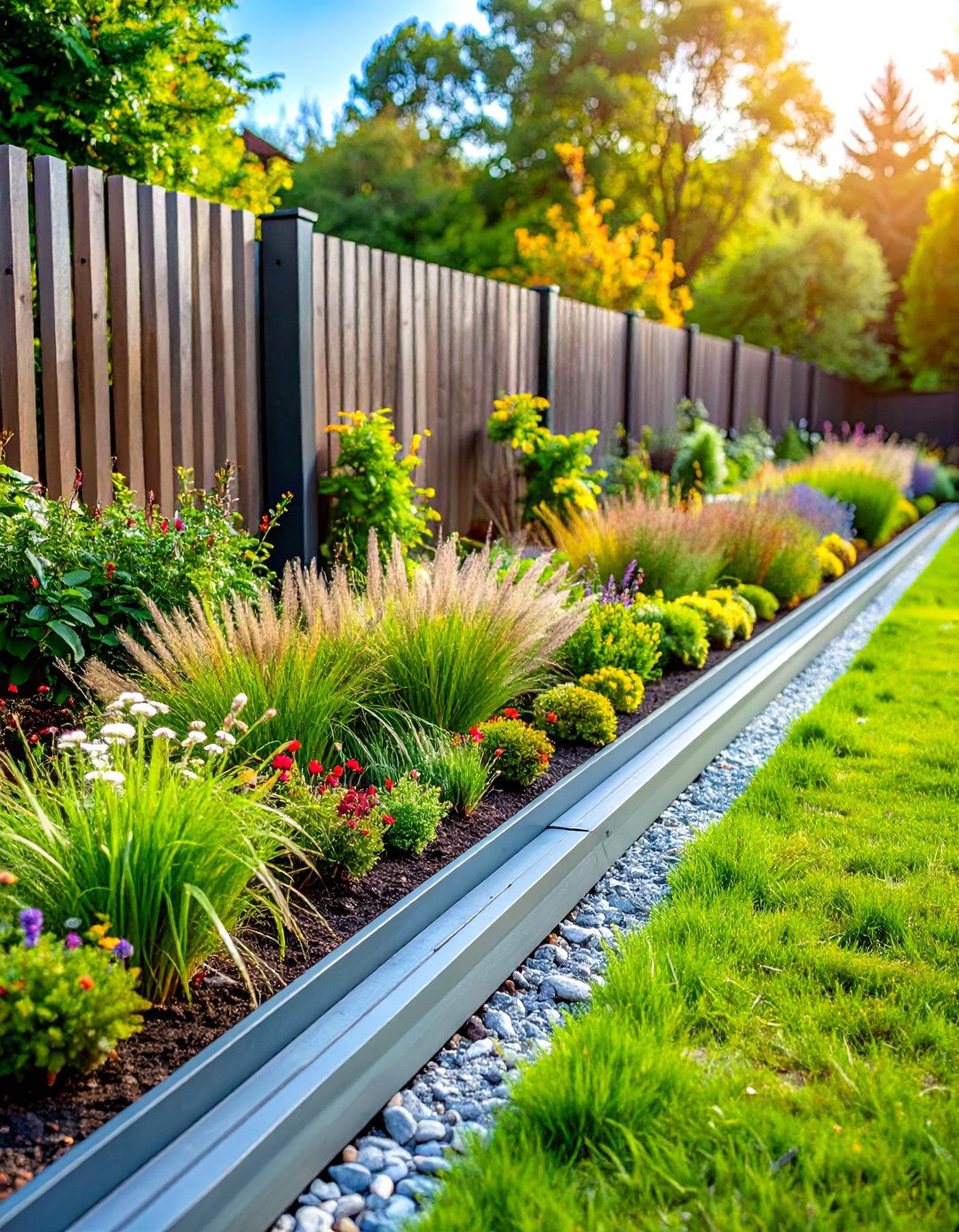
One of TGG's fav recyclables is steel and other metals. They blend well into the natural state of the garden, and have a more modern look. This contemporary recycled garden edging solution provides clean lines with industrial appeal. Add thin steel strips to your modern garden edging ideas to create a clean, industrial look. These will be weather-resistant and minimalist. You can use things that can be partially buried in the ground, like steel pipe sections, or perhaps steel utility boxes or slices of metal pipe that can be laid into trenches. Metal garden edging is ideal for homeowners seeking a clean, contemporary finish. Steel or aluminum strips provide strong, long-lasting support and are thin enough to nearly disappear into the landscape. Source materials from salvage yards, construction sites, or demolition projects. This approach perfectly complements modern architectural styles, minimalist gardens, and urban landscape designs requiring sophisticated geometric definition.
7. Recycled Concrete Block Garden Edging Structure
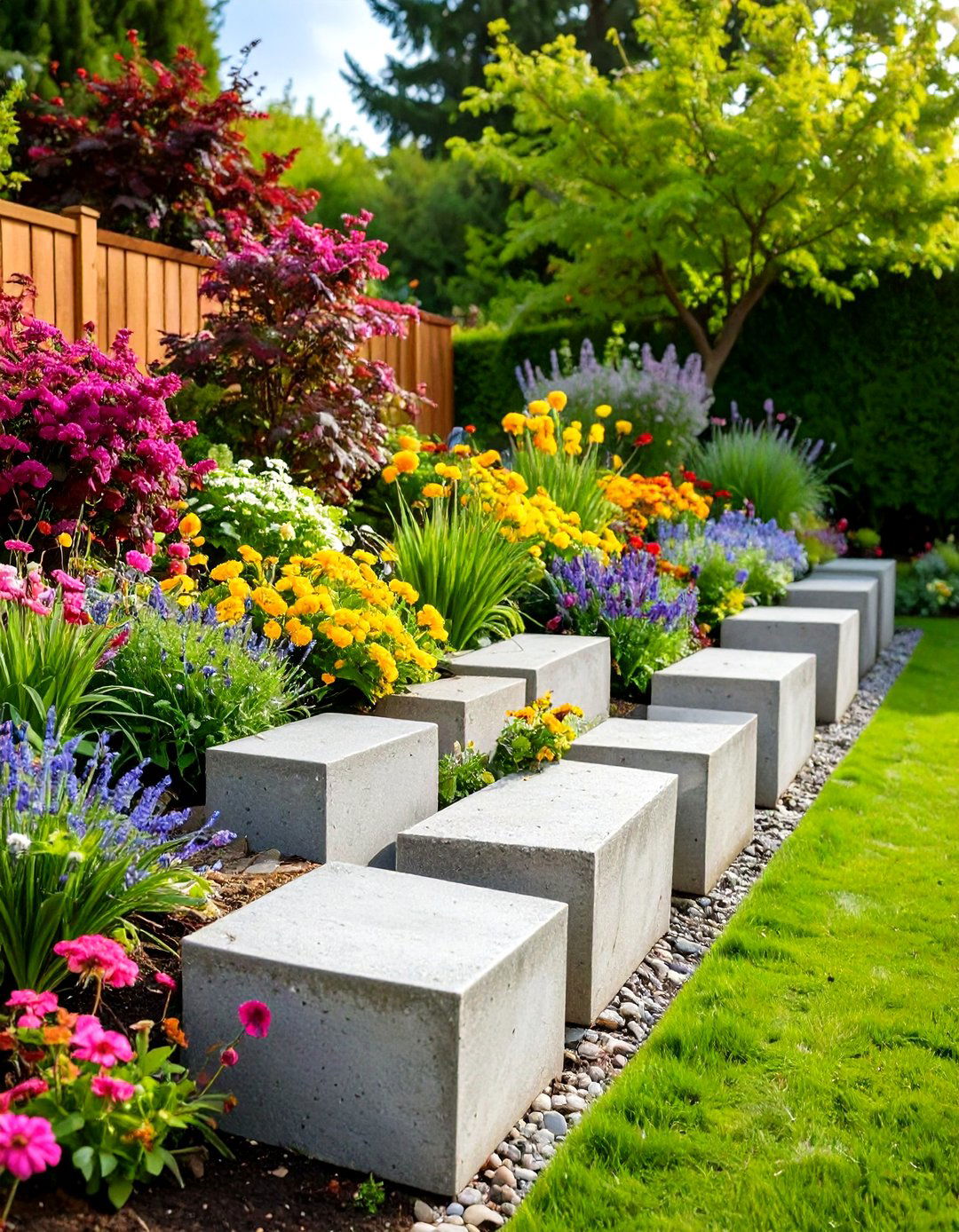
Cinder blocks are a fantastic way to create garden edging. I love how versatile they are for any garden style. This sturdy recycled garden edging approach utilizes construction waste to create substantial borders. I can stack them to make different heights, giving my garden a unique look. They also help to keep soil and plants in place. Concrete blocks offer a sturdy and modern edging solution. You can stack them in an arrangement that suits your garden layout. Another benefit is that I can use them to create planting spaces. I can fill the holes with soil for flowers or herbs. Cinder blocks are strong and will last a long time. They are also easy to find and affordable. Broken concrete makes for great garden edging. Paint blocks in coordinating colors or leave natural for authentic industrial aesthetics. This versatile solution works exceptionally well for raised bed gardens, modern landscapes, and drought-tolerant garden designs.
8. Natural Stone Pebble Recycled Garden Edging Border

Instead of just lining up country stones, update the look by digging a trench edging your garden or lawn, then fill the trench with similarly sized rocks and stones. This organic recycled garden edging technique creates naturalistic boundaries using collected stone materials. Pebble and river stones are always a good idea for your garden. If you have a river close by, you should definitely go gather some river stones, because they can be used in so many different ways. To create this edging, I make sure to clear the area first. Then, I lay the pebbles in a line where I want the border. Because of their different sizes and shapes, river stones give you an opportunity to be creative and let your imagination run wild. You can either purchase decorative rock, or better yet for your budget, collect rocks from your own yard and re-use as edging. This sustainable approach perfectly suits cottage gardens, xeriscaping, and natural landscape designs.
9. Recycled Rubber Tire Strip Garden Edging System
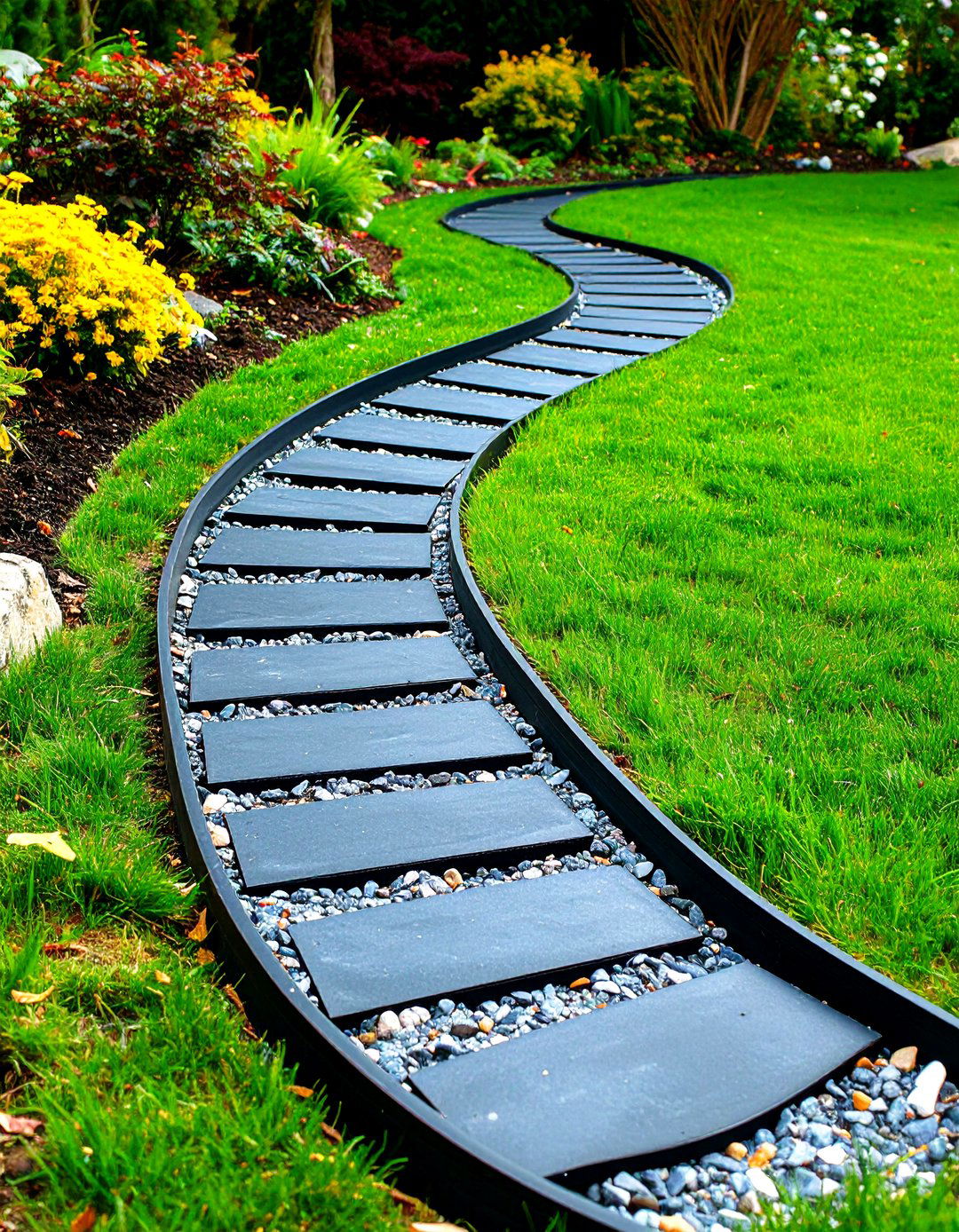
A few companies now make recycled rubber edging, such as this no-dig eco border. It's secured with pegs you simply tap into place. This flexible recycled garden edging solution transforms old tires into practical border materials. Rubber edging is a flexible and malleable material for edging and can be shaped to suit your specific edging needs. Not only does rubber edging look good, but it is also eco-friendly because it is usually made from recycled materials. It's nearly indestructible and is designed so that mowers can get right up to it, eliminating the need for the dreaded trimmer. It can come in brick shapes that can be stacked, strips which can be laid at different angles, and varying colours. It's so versatile and is the perfect option if you have curved organic shapes you want your edging to bend around. Installation requires minimal tools and provides excellent durability for high-traffic areas.
10. Reclaimed Railway Sleeper Garden Edging Framework
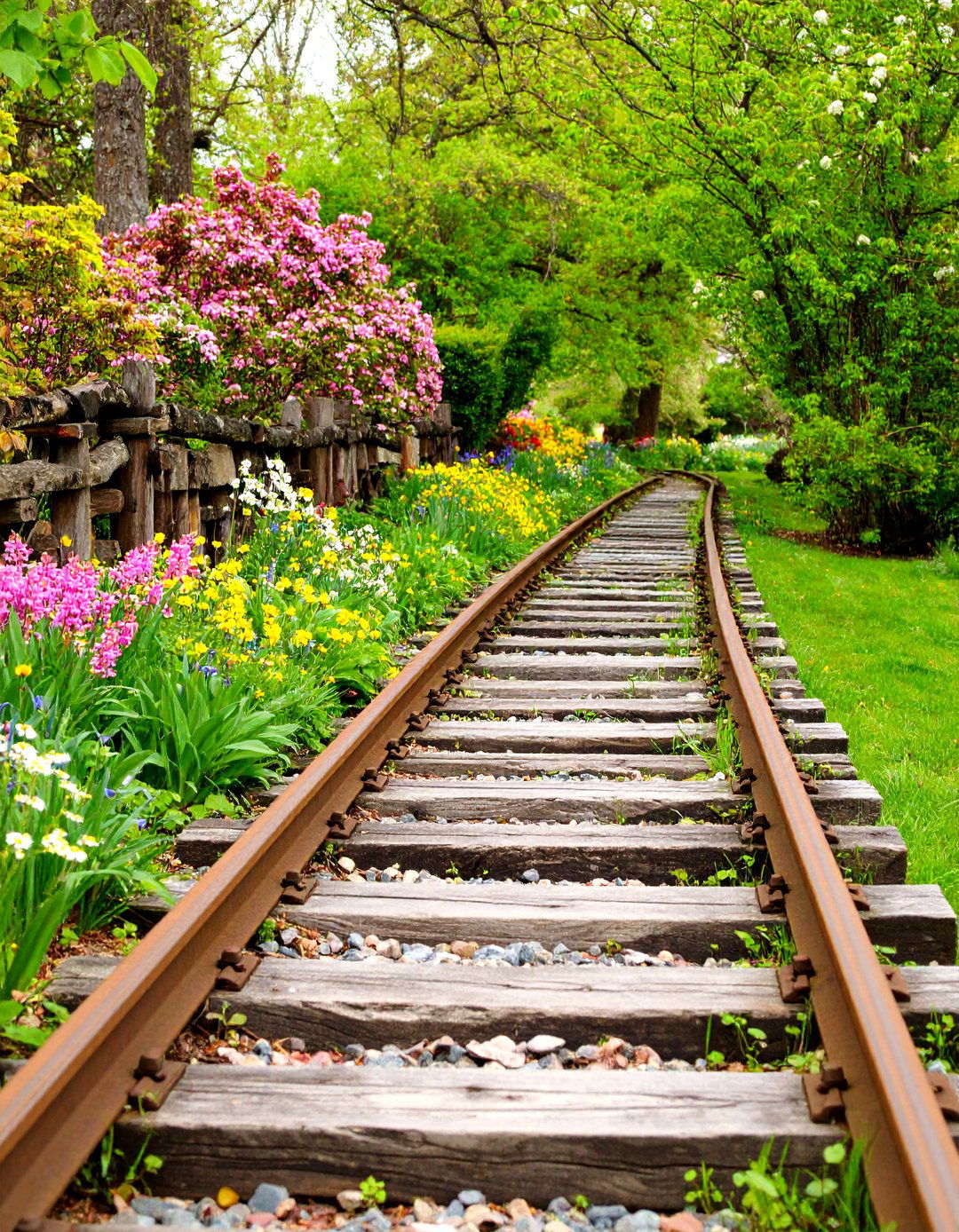
This photo shows how old railway sleepers can be cut into varying lengths and used vertically as a lawn border. This substantial recycled garden edging technique creates robust borders with railway heritage character. Reclaimed Sleepers: Offering an eco-friendly option, reclaimed railway sleepers and timber are also a choice. For a more natural and rustic look, timber or reclaimed sleepers are ideal. Source authentic railway sleepers from salvage yards or repurpose damaged garden sleepers. You can also use timber landscape edging laid horizontally in larger sections for a straight edged border. Sleepers can also be used for other garden features: Garden Furniture: Create benches or tables for a cohesive look. Vertical Edging: Employ sleepers vertically for a unique garden border. Regularly check and treat wooden sleepers to maintain their appearance and longevity. This approach suits country gardens, industrial landscapes, and heritage-style garden designs requiring substantial structural elements.
11. Nested Ceramic Pot Recycled Garden Edging Display
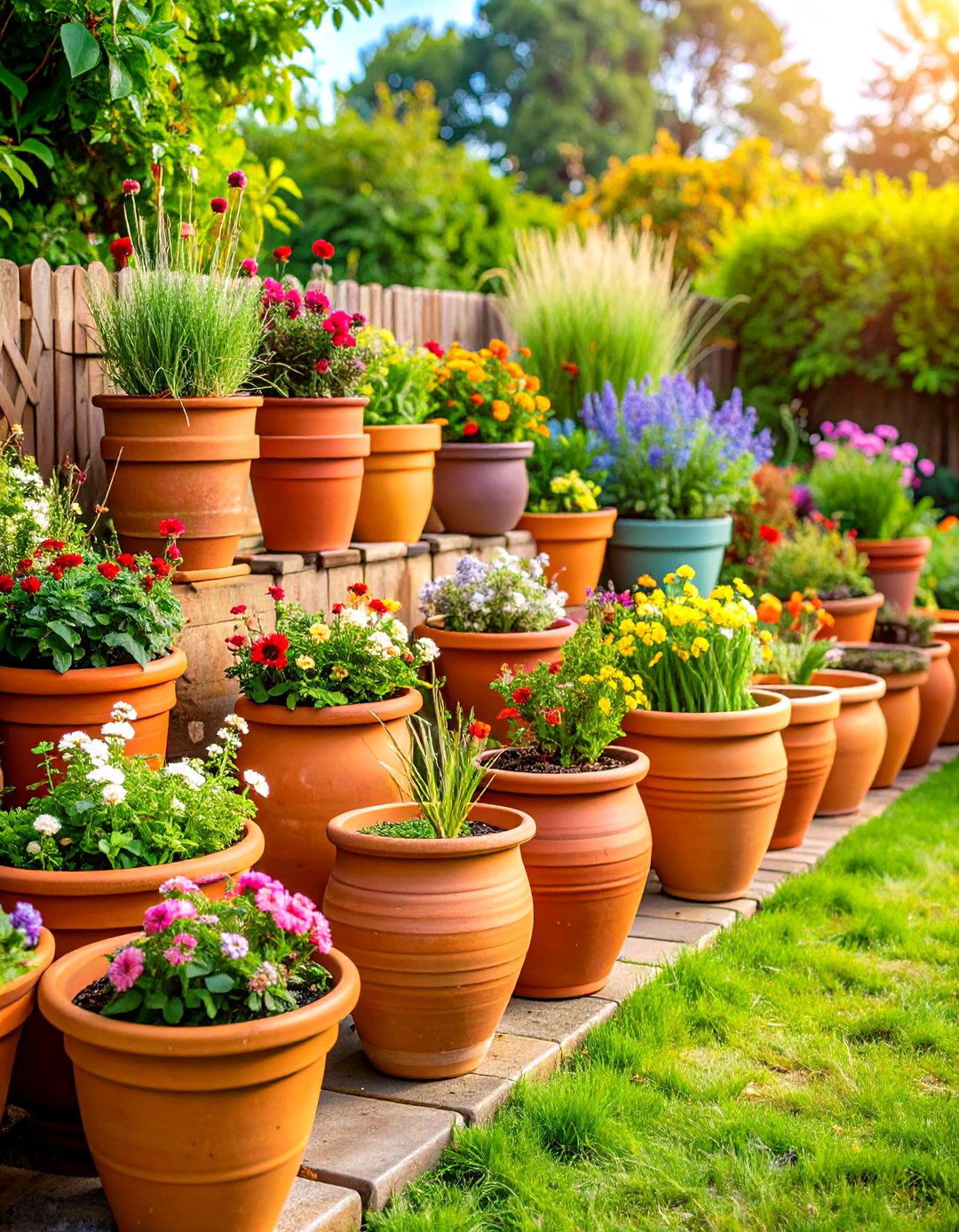
We have to say that you are going to need lots of pots, but if you have them, this idea is so beautiful. Insert ceramic pots into each other as you are laying them down around your flower bed. This creative recycled garden edging technique transforms broken or surplus pottery into whimsical borders. This garden edging is very different from others. The terra cotta pots laid out make for an interesting, whimsical look. The tubular shape also adds a nice effect. You can find terra cotta pots at local nursery about buying old terra cotta pots. And it doesn't matter if they are cracked. This edging made from hubcaps is a great way to reuse and recycle. These hubcap flowers offer another idea. A fun conversation starter, and unique design. This is probably one of the most creative ideas we have for you today. Arrange pots in overlapping patterns, varying sizes for visual interest, and secure with soil backfill. This approach works wonderfully for cottage gardens, Mediterranean landscapes, and artistic garden designs.
12. Reclaimed Slate Tile Garden Edging Arrangement
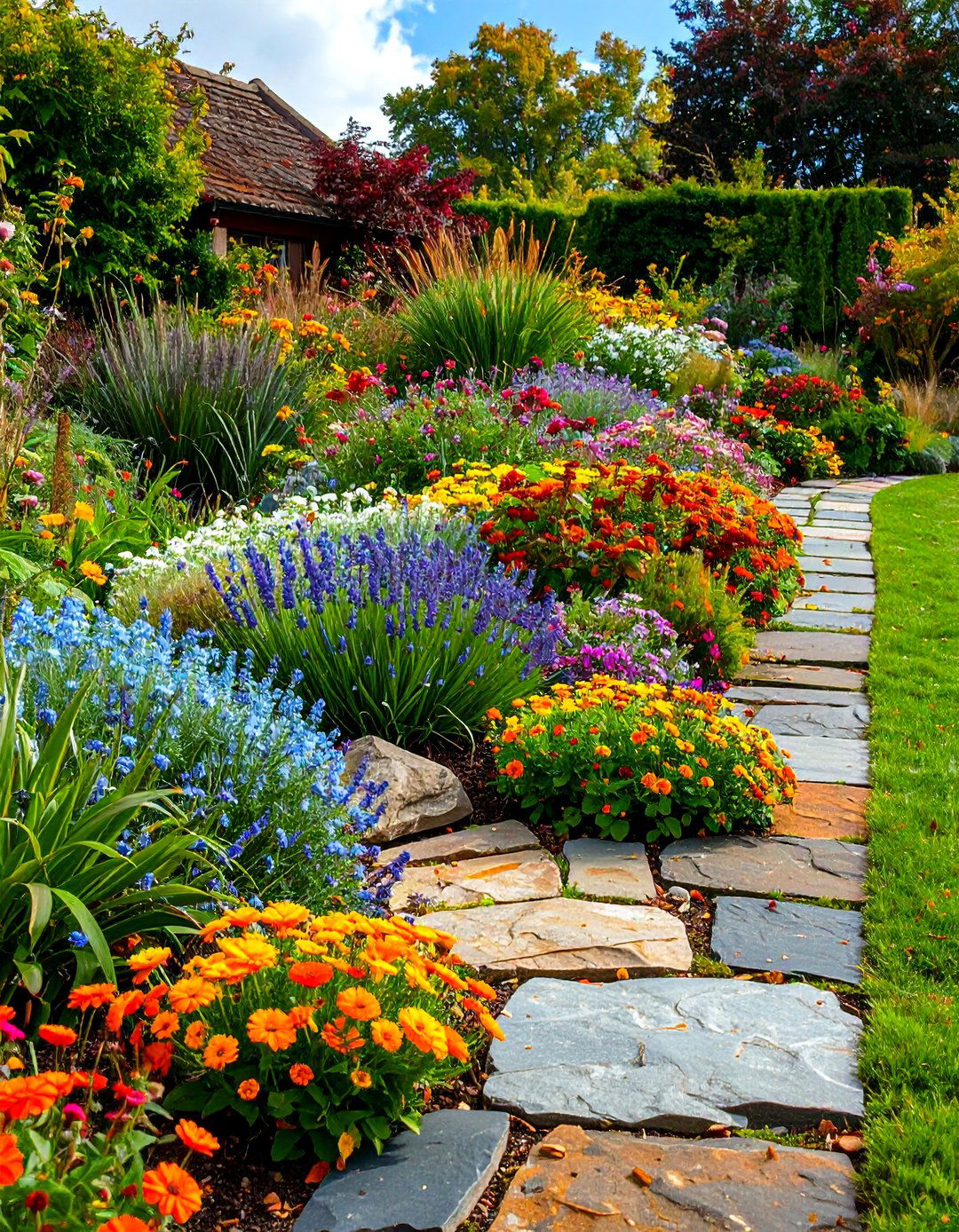
Vintage roof tiles can make beautiful garden edging. I can arrange them in a straight line or create curves to follow the shape of my flower beds. This elegant recycled garden edging solution transforms architectural salvage into sophisticated borders. Using vintage roof tiles also helps recycle materials, which is great for the environment. You can find slate from old roofs or tiles. It's eco-friendly since it repurposes materials that might otherwise go to waste. I enjoy arranging the pieces in various patterns. Some might prefer a neat row, while others like a more organic look. Mixing different sizes can also create interesting designs. Reclaimed slate not only defines garden spaces but also complements the plants beautifully. It can withstand the elements and age gracefully over time. By securing the tiles with soil or other materials, I create a durable and attractive border that stands out. This sophisticated approach suits formal gardens, contemporary landscapes, and architectural garden designs.
13. Wire Gabion Recycled Garden Edging Basket

Gabion baskets filled with stones create a modern and stylish edge for your garden. These wire mesh structures can be filled with various stones, allowing for customization in color and texture. This structured recycled garden edging technique combines metal frameworks with stone fill materials. Create gabion-style modern garden edging ideas with wire cages filled with stones. These will be very durable and add a raw industrial design to your space. Source wire mesh from construction sites, agricultural suppliers, or demolition projects. Fill baskets with recycled concrete chunks, river stones, or broken masonry materials. This option is particularly striking when paired with flowering plants, creating a beautiful contrast. Installation requires proper foundation preparation and secure anchoring for stability. This contemporary approach works exceptionally well for modern gardens, industrial landscapes, and erosion control applications requiring both functionality and aesthetic appeal.
14. Plastic Bottle Vertical Garden Edging System
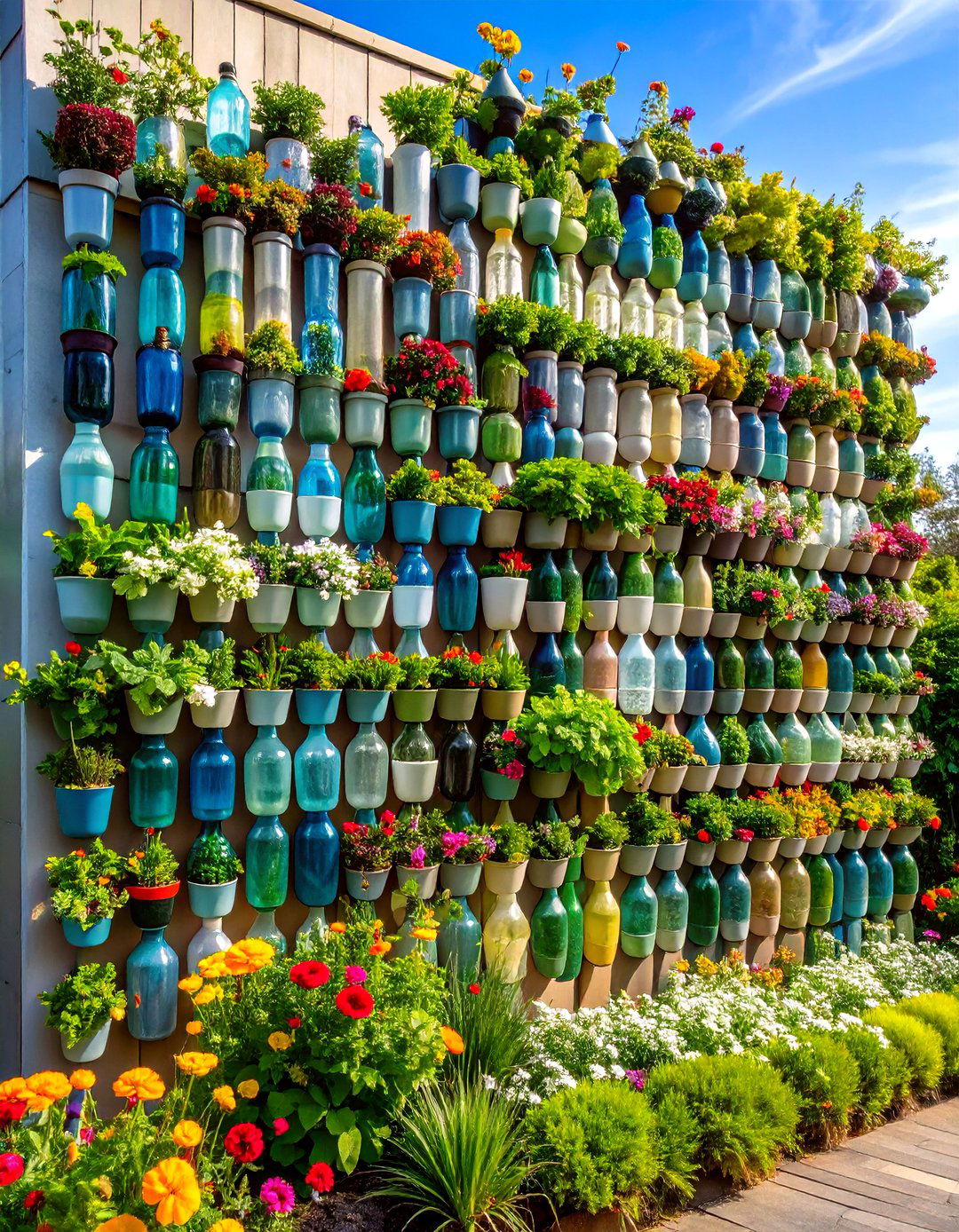
Plastic bottles can be transformed into a vertical garden, perfect for small spaces. Cut the bottles in half, and attach them to a wooden fence or wall, filling each with soil. This innovative recycled garden edging approach creates living borders using discarded plastic containers. This method not only recycles plastic but also saves space and adds greenery to tight spots. Cut bottles at various heights to create stepped planting arrangements along garden boundaries. Plant herbs or small flowers for a vibrant display. Customize with colorful labels to identify your plants. Over time, you'll see how these simple containers become thriving mini-gardens, offering both beauty and fresh herbs for cooking. Ideal for urban dwellers looking to maximize their available space. This sustainable solution perfectly suits urban gardens, balcony spaces, and compact landscape designs requiring vertical growing solutions.
15. Bamboo Pole Recycled Garden Edging Framework
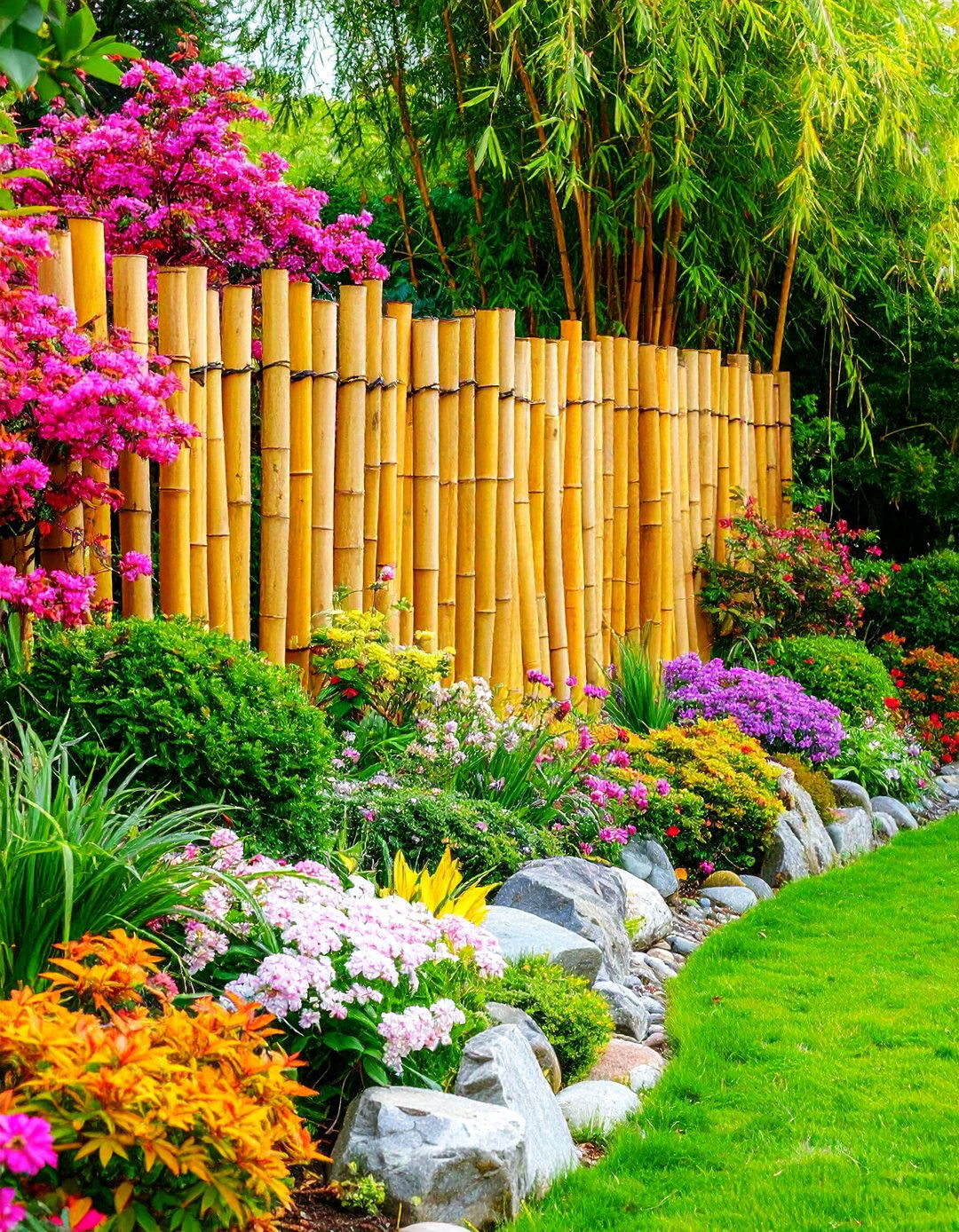
Bamboo is not only sustainable but also adds a tropical feel to your garden. Use bamboo poles to create a natural-looking border that can withstand the elements. This eco-friendly recycled garden edging solution provides oriental-inspired boundaries with natural character. You can arrange them vertically for an elegant touch or lay them flat for a more laid-back vibe. Bamboo adds a gorgeous natural finish - it comes curved or straight, in various colours and heights, and can be pre-made or easily made at home. Add bamboo sticks in varying heights to create a natural and cozy look in your modern gardens. These will be eco-friendly options and will add a tropical zen look. Bamboo is lightweight, making it easy to install, and it complements many garden styles from Zen to tropical. Source bamboo from construction projects, landscaping waste, or sustainable suppliers. This versatile approach works beautifully for Asian-inspired gardens, tropical landscapes, and contemporary designs.
16. Recycled Tumbled Glass Garden Edging Accent
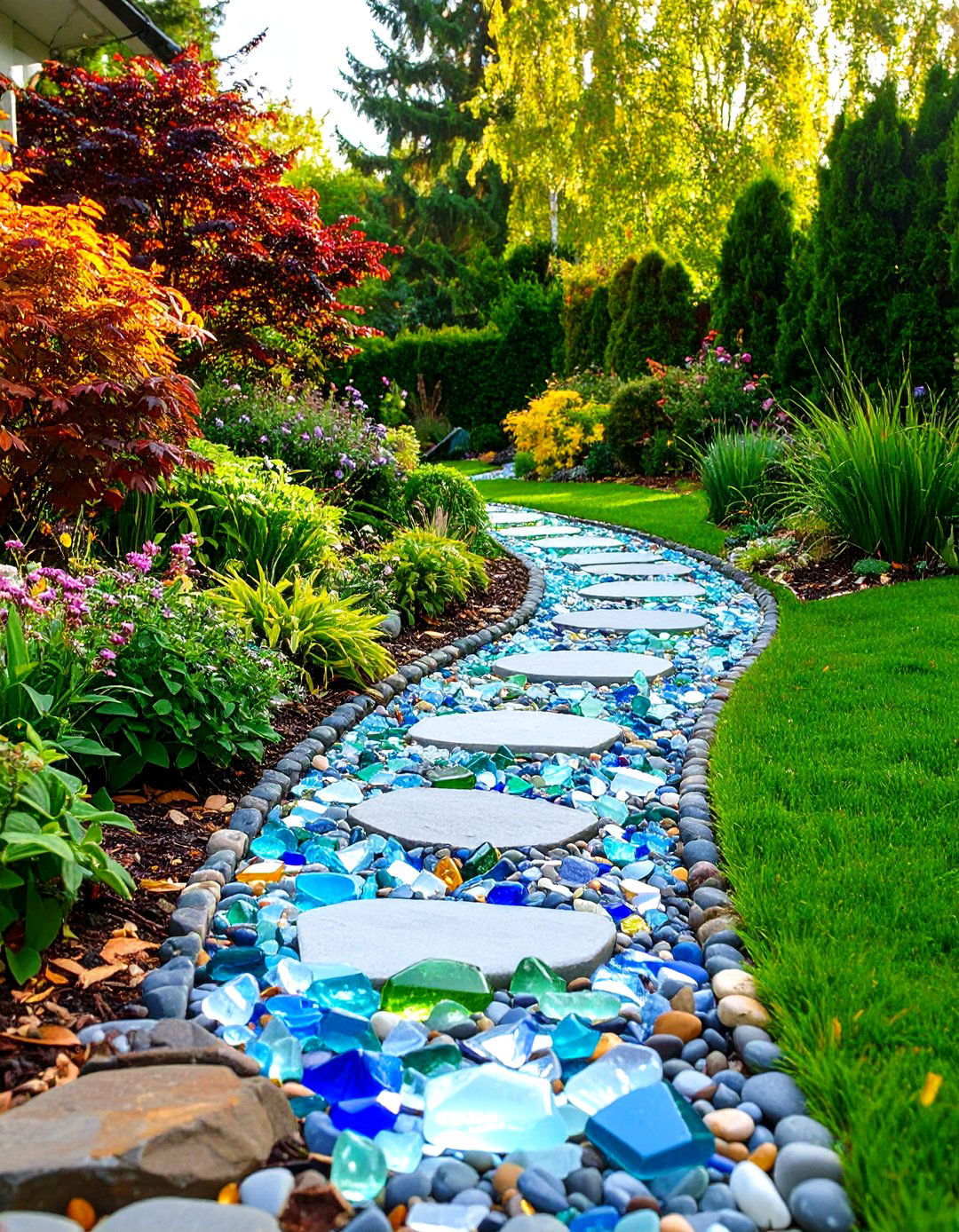
Another idea is to purchase recycled tumbled glass. You can use inexpensive plastic landscape edging or even wood benderboard to keep the glass pieces in place. This luminous recycled garden edging technique creates sparkling borders using processed glass waste. Transform bottles into planters by cutting them horizontally or hanging them vertically. Enhance your water features by crafting bottle bubblers, waterfalls, or stream beds. Install within contained borders to prevent glass migration while maintaining visual impact. Use bottles for pest control by making slug traps or designing wasp catchers. Mix bottle colors as path markers or dividers. This contemporary approach works exceptionally well for modern gardens, water features, and artistic landscape designs requiring reflective elements. Build stunning garden art with bottle trees, mosaic walls, or wind chimes. The translucent quality creates beautiful light effects throughout different seasons.
17. Vintage Roof Tile Garden Edging Pattern
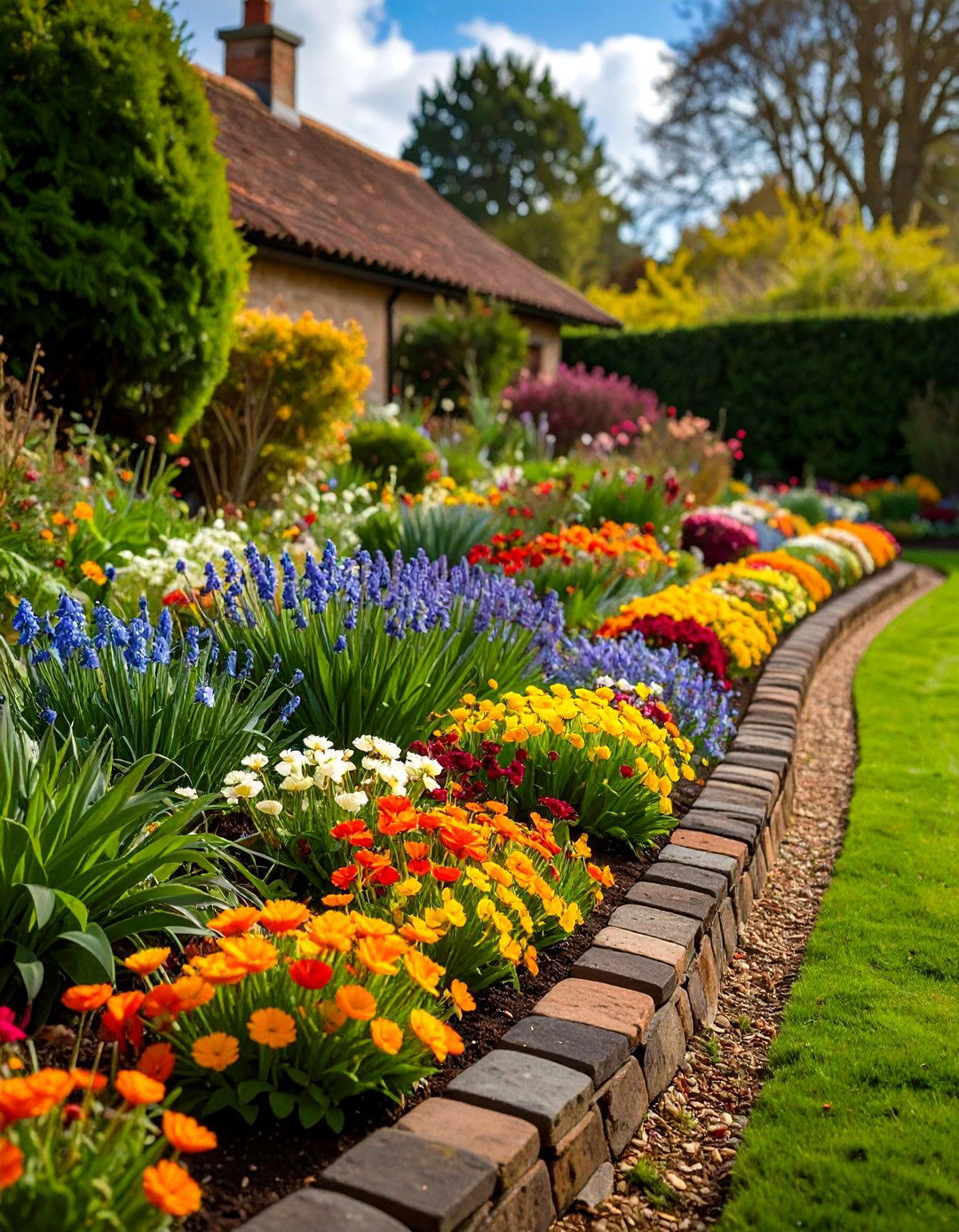
Vintage roof tiles can make beautiful garden edging. I can arrange them in a straight line or create curves to follow the shape of my flower beds. This architectural recycled garden edging approach transforms salvaged building materials into distinctive borders. I find that using vintage roof tiles also helps recycle materials, which is great for the environment. Source materials from roofing contractors, demolition sites, or architectural salvage yards. By securing the tiles with soil or other materials, I create a durable and attractive border that stands out. You can find slate from old roofs or tiles. It's eco-friendly since it repurposes materials that might otherwise go to waste. I enjoy arranging the pieces in various patterns. Some might prefer a neat row, while others like a more organic look. Reclaimed slate not only defines garden spaces but also complements the plants beautifully. It can withstand the elements and age gracefully over time. This sophisticated solution suits period gardens, cottage landscapes, and heritage-style designs.
18. Repurposed Hubcap Garden Edging Display
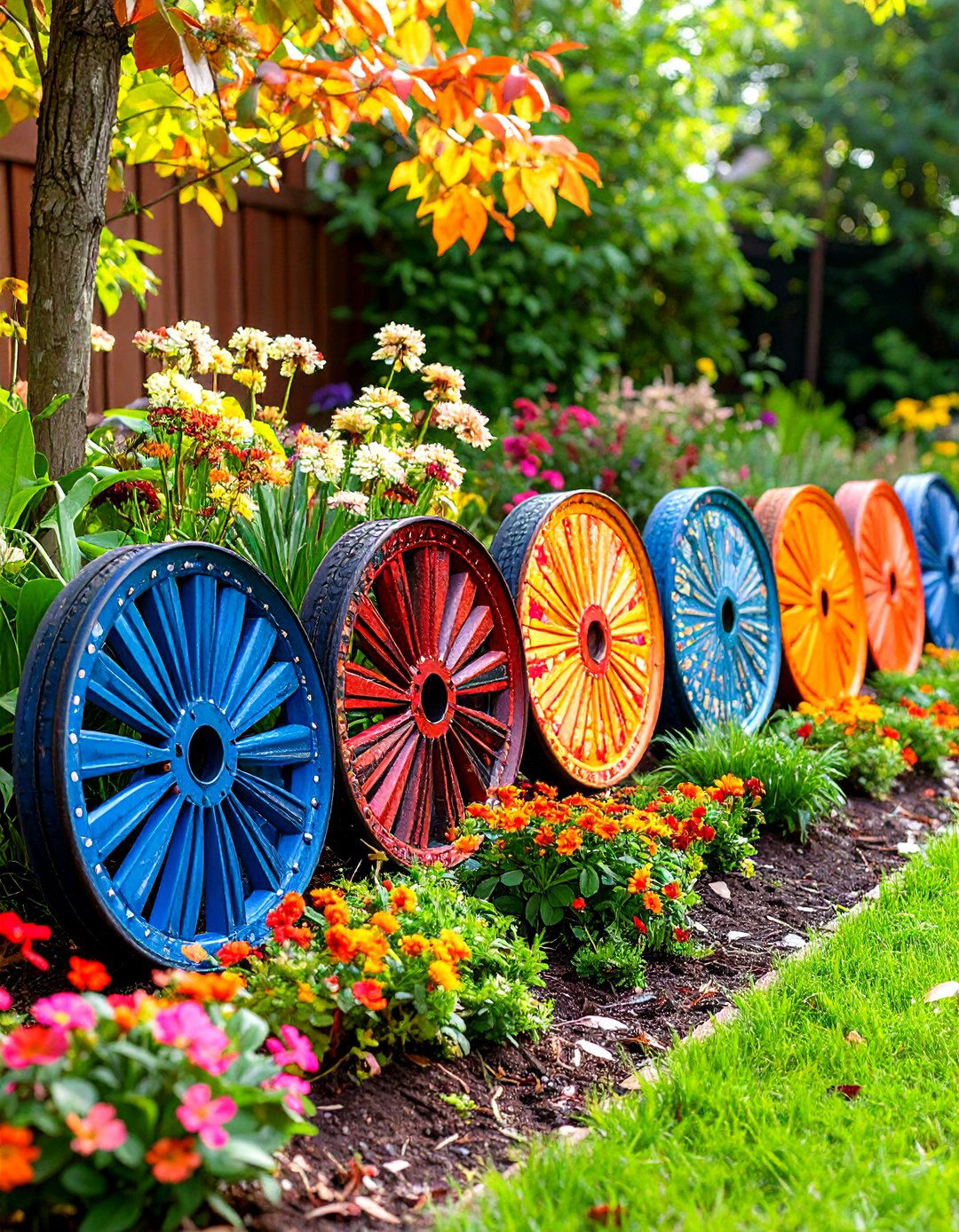
This edging made from hubcaps is a great way to reuse and recycle. These hubcap flowers offer another idea. A fun conversation starter, and unique design. This unconventional recycled garden edging technique transforms automotive waste into distinctive landscape features. Not sure how much work it would take to collect them all. Source hubcaps from auto salvage yards, garage sales, or automotive recycling centers. This garden edging is very different from others. Clean thoroughly and apply rust-resistant primer before painting in coordinating colors. Not much to say about this landscape edging design. Just an excellent example of quirky garden edging with no rules. Install by partially burying in soil or mounting on stakes for elevated display. This playful approach works wonderfully for eclectic gardens, artistic landscapes, and contemporary designs requiring unique focal points. The circular shapes create interesting geometric patterns while demonstrating creative recycling principles.
19. Bicycle Wheel Recycled Garden Edging Framework
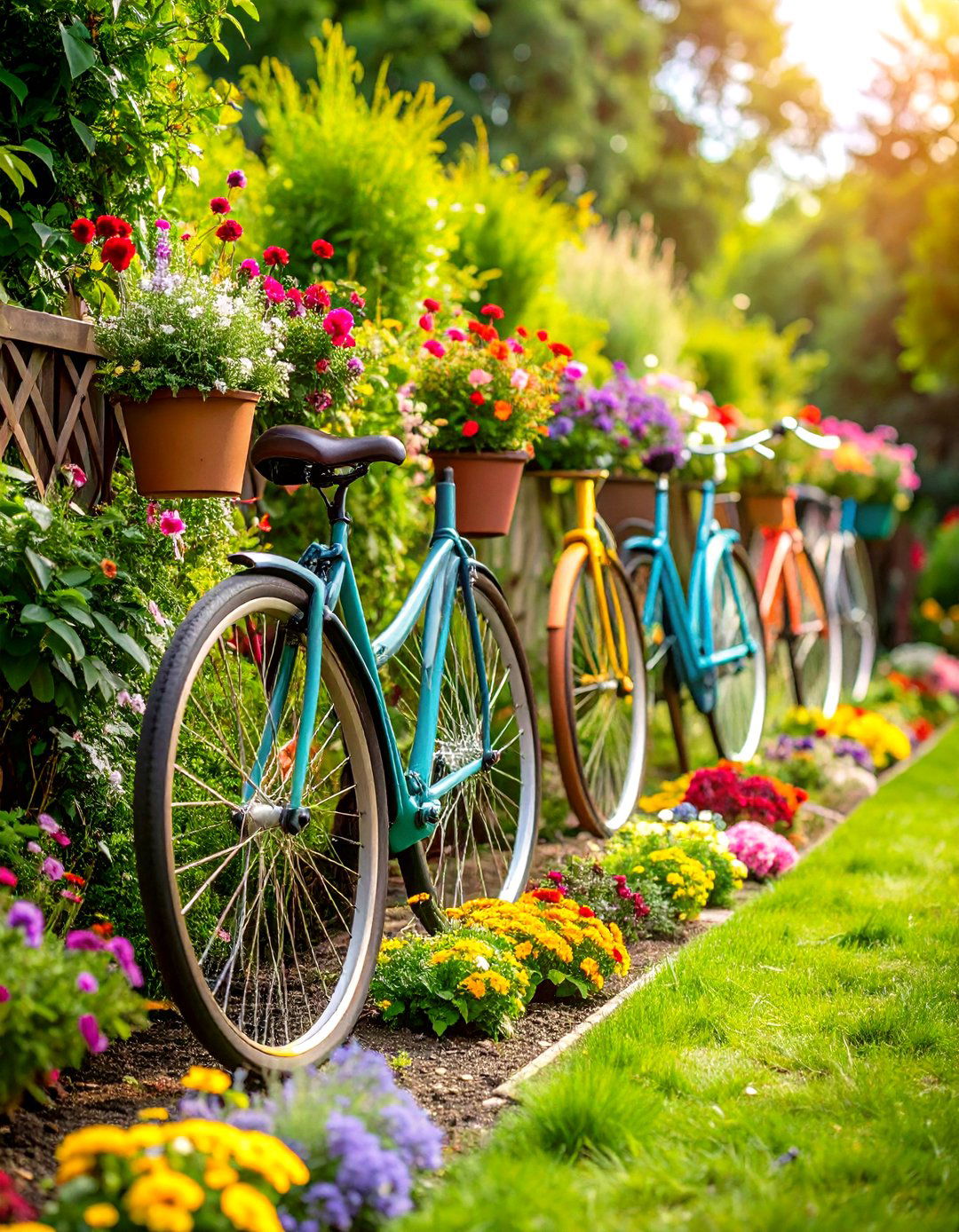
The bicycle wheels provide a great use for older bikes. They also ensure that plants along the border get enough exposure to the elements needed to grow. This whimsical recycled garden edging solution transforms discarded cycling equipment into functional garden boundaries. This garden edging is very different from others. Source old bicycle wheels from repair shops, garage sales, or personal collections. Remove tires and inner tubes, clean spoke assemblies, and apply weather-resistant coatings. The bicycle wheels provide a great use for older bikes. Install vertically by burying rim portions in soil or mounting horizontally for low-profile borders. They also ensure that plants along the border get enough exposure to the elements needed to grow. The open spoke design allows excellent air circulation while creating distinctive geometric patterns. This creative approach works beautifully for cottage gardens, children's garden areas, and artistic landscape designs requiring movement and visual interest.
20. Composite Recycled Material Garden Edging System
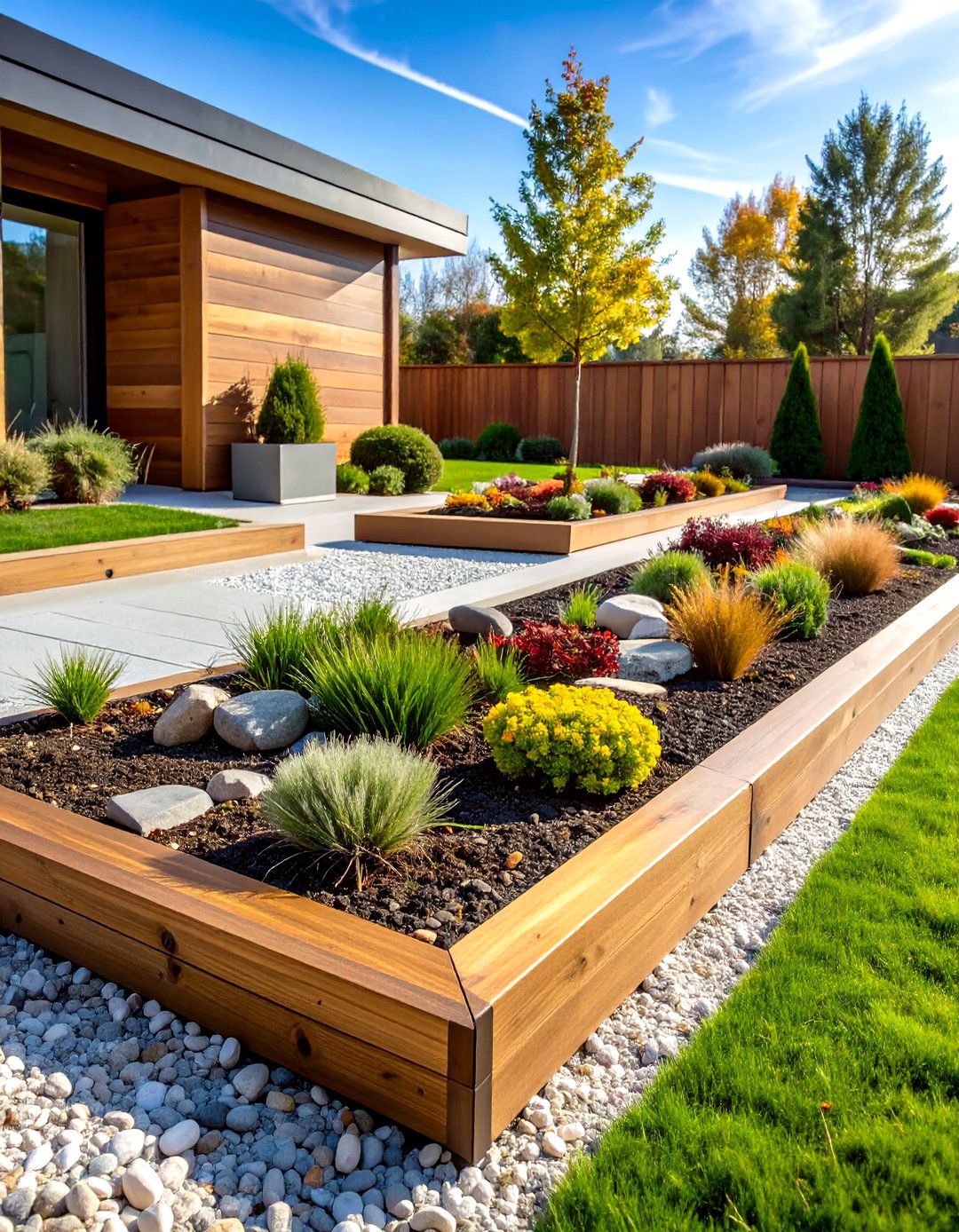
Composite timber sleepers are a sustainable and durable landscaping material made from recycled plastic and wood fibres. This modern recycled garden edging technique combines multiple waste streams into engineered border materials. They offer the natural look and feel of timber sleepers without the maintenance and decay issues that come with natural wood. Recycled Plastic Sleepers: As a sustainable and rot-resistant alternative, these are worth considering. They are also UV-resistant and do not require painting or staining, making them a low-maintenance option for outdoor projects. They can be secured using timber screws or metal stakes. Timber screws are typically used for shorter lengths and garden edging. They can be cut using a circular saw or handsaw with a fine-toothed blade. They are available in various sizes, colours and finishes, making them suitable for many outdoor projects. This contemporary approach suits sustainable gardens, modern landscapes, and low-maintenance designs.
Conclusion:
Using recycled materials for garden edging comes with several advantages. I find it rewarding to see how these benefits not only enhance my garden but also help the environment and my wallet. These twenty recycled garden edging ideas demonstrate how creativity and environmental consciousness can transform ordinary waste materials into extraordinary landscape features. One of the biggest perks of using recycled materials is the cost savings. Each material brings its own strength to the table. From glass bottles to composite materials, each approach offers unique aesthetic and practical benefits while contributing to sustainable gardening practices. I find that this durability means I won't need to replace my garden edging frequently, which saves even more time and money in the long run. These solutions prove that beautiful, functional garden design and environmental responsibility can work together seamlessly.


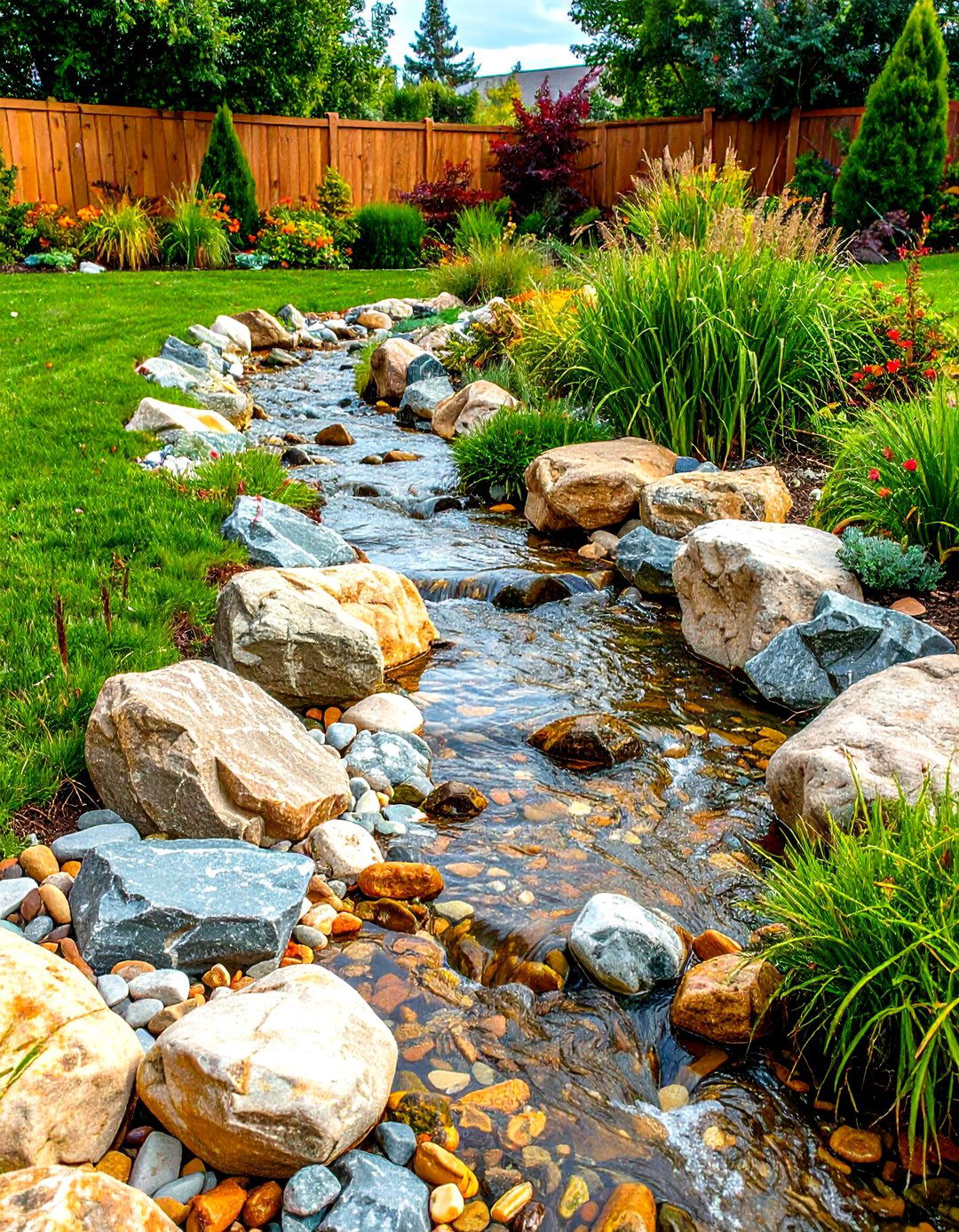

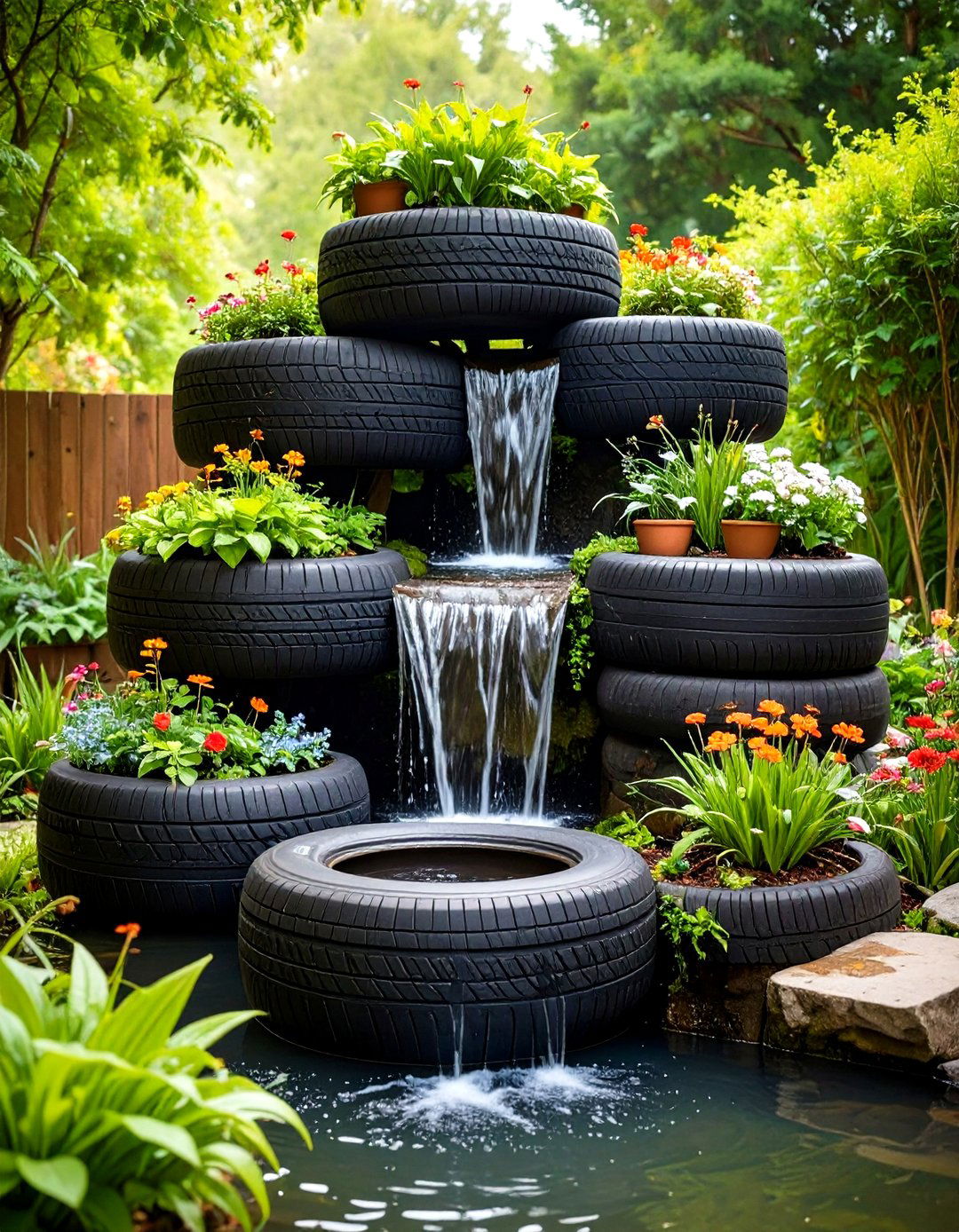
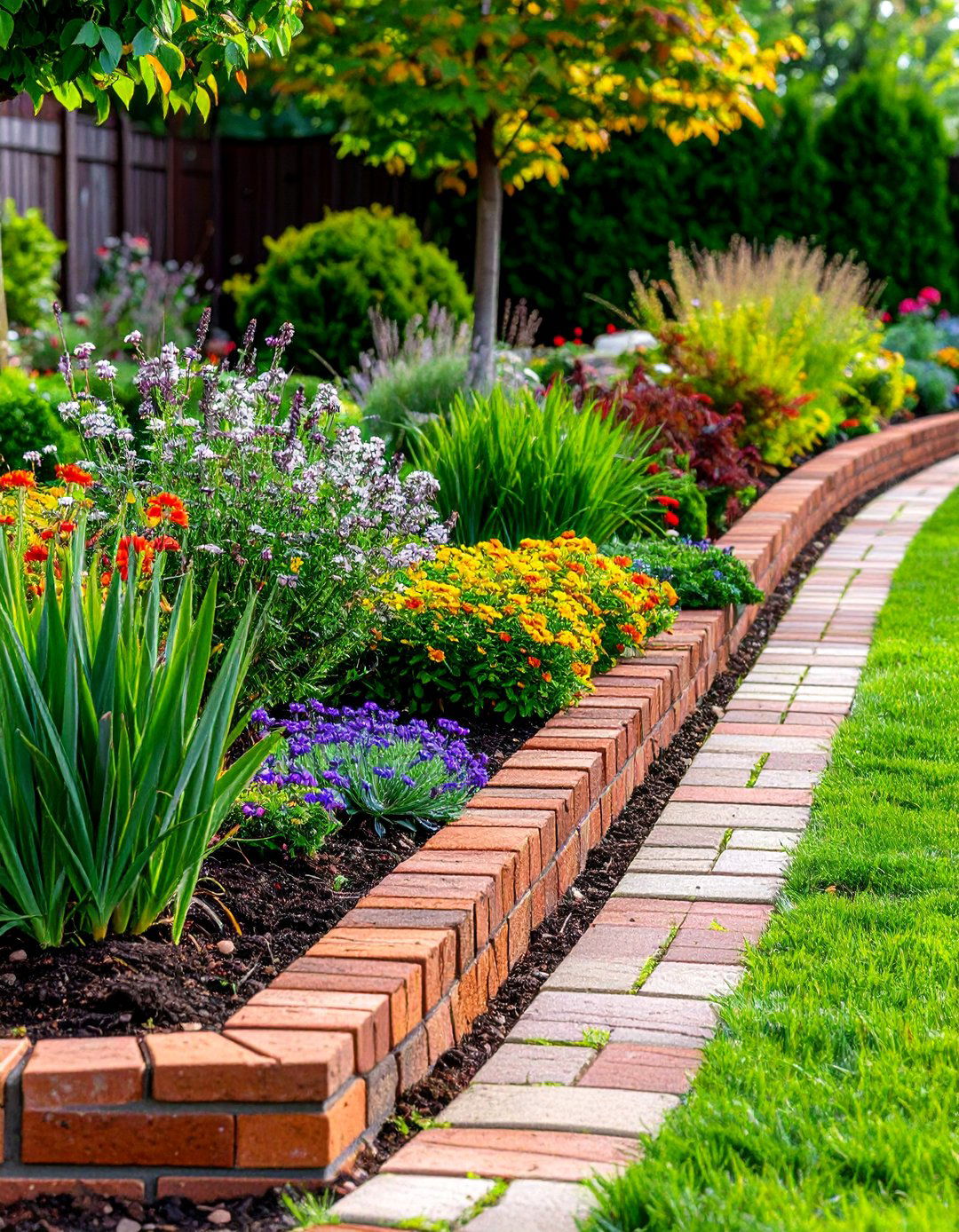
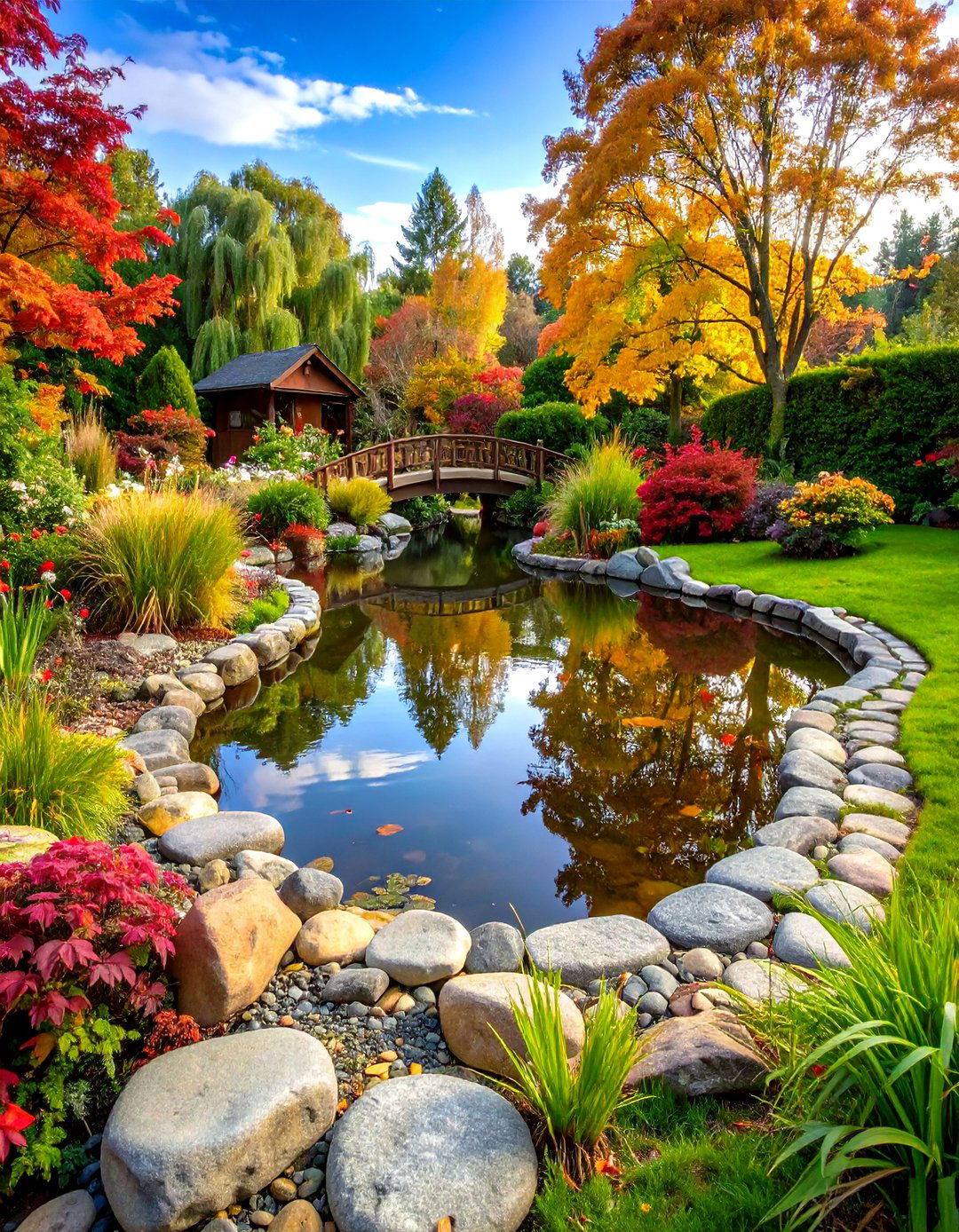
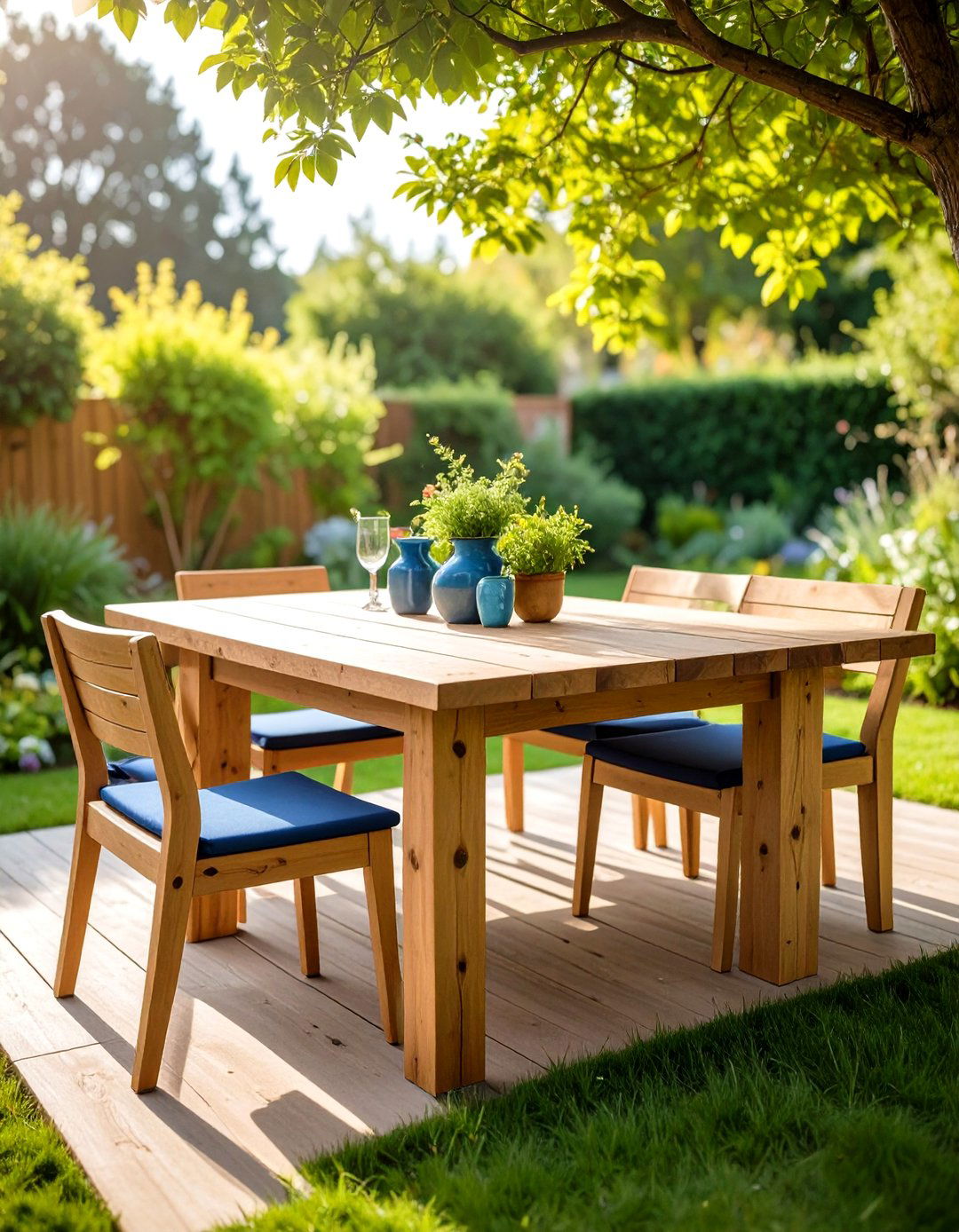
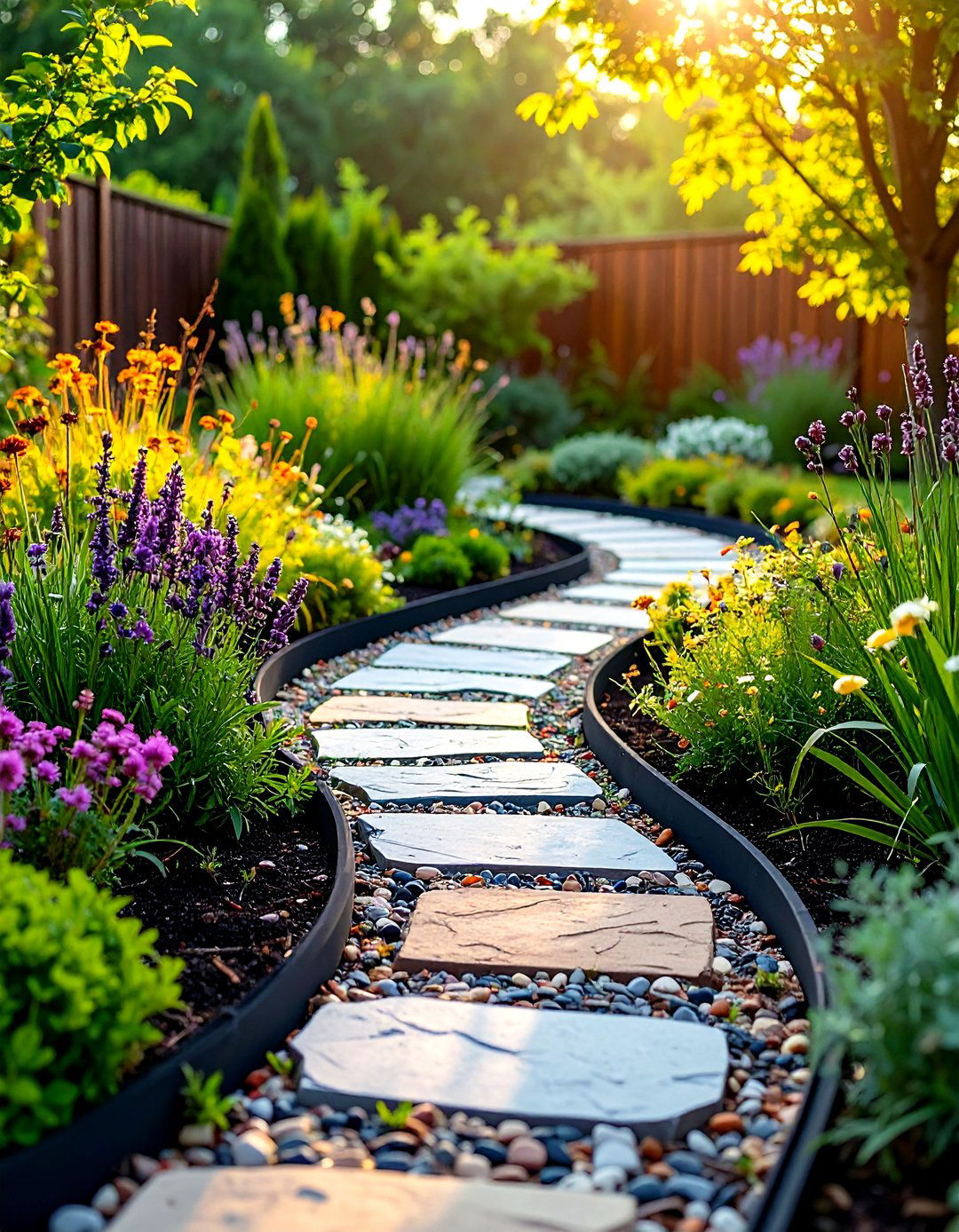
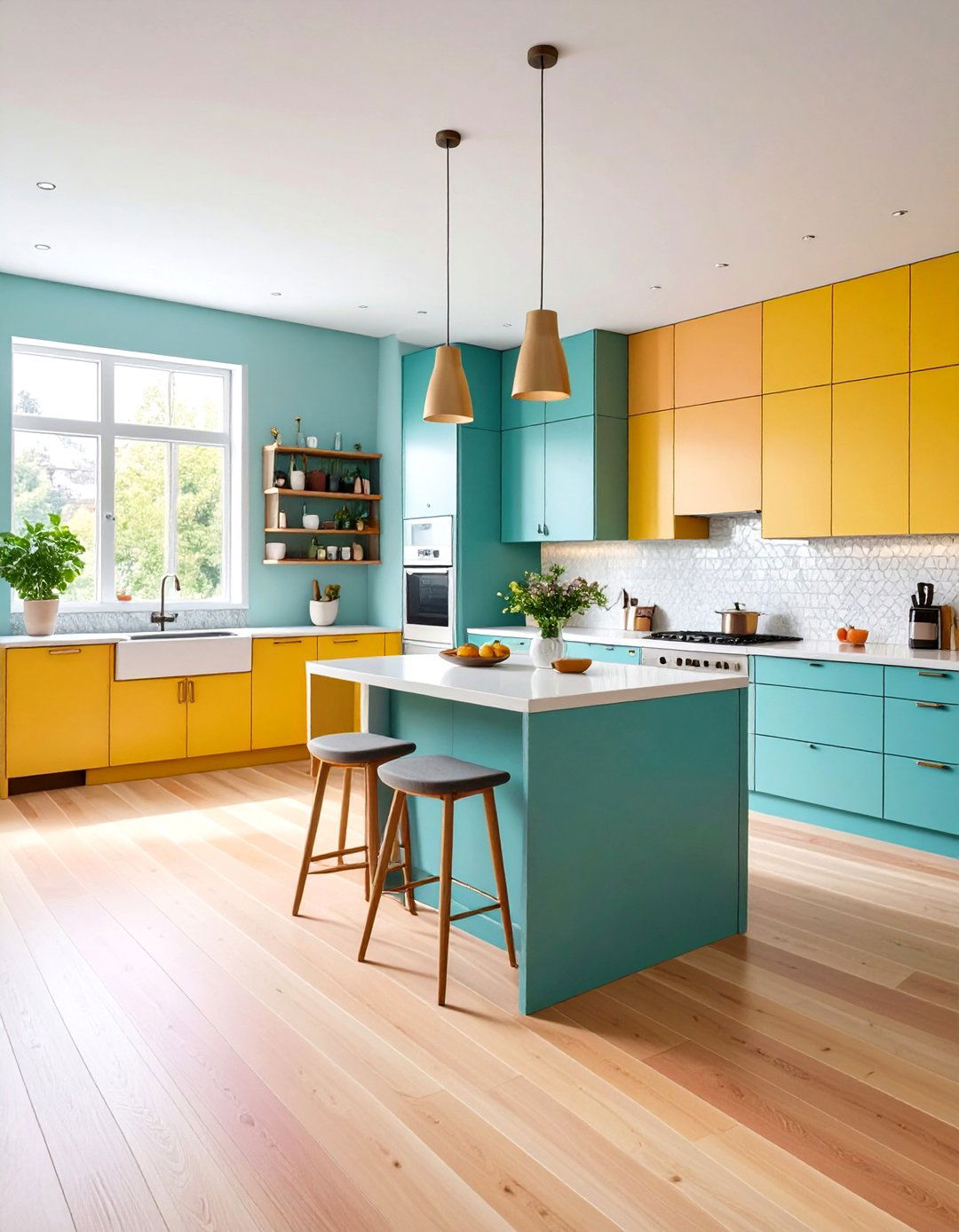

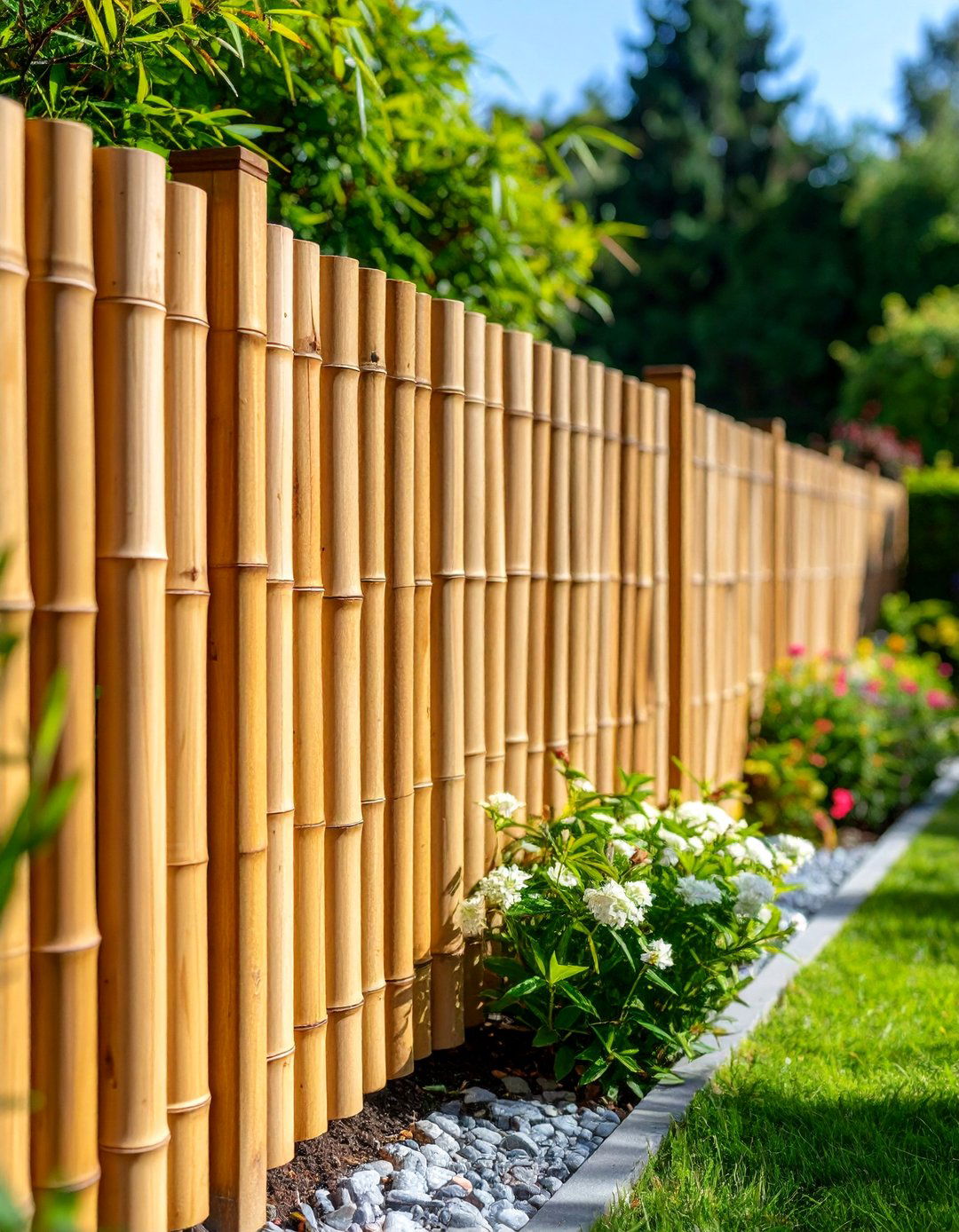
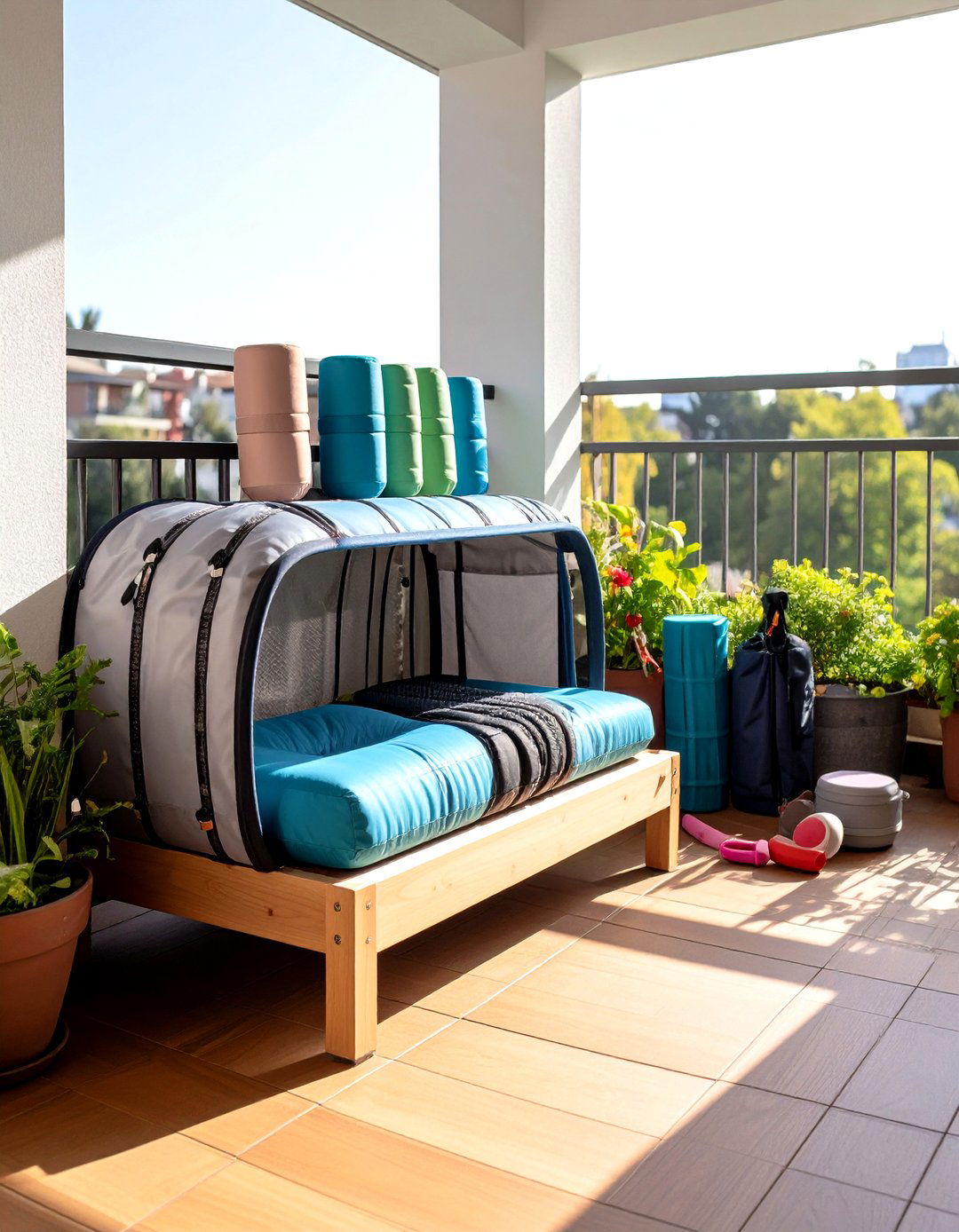
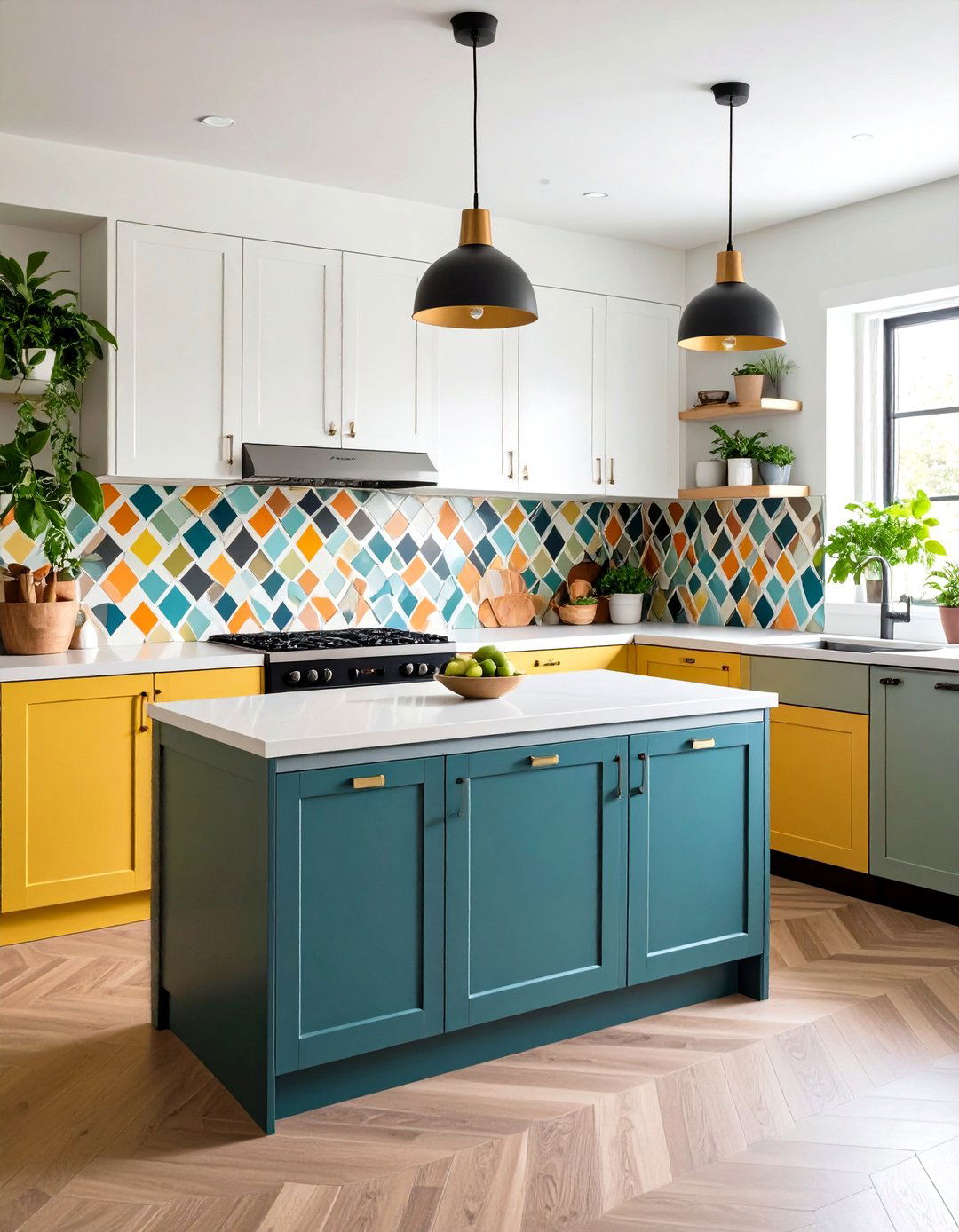


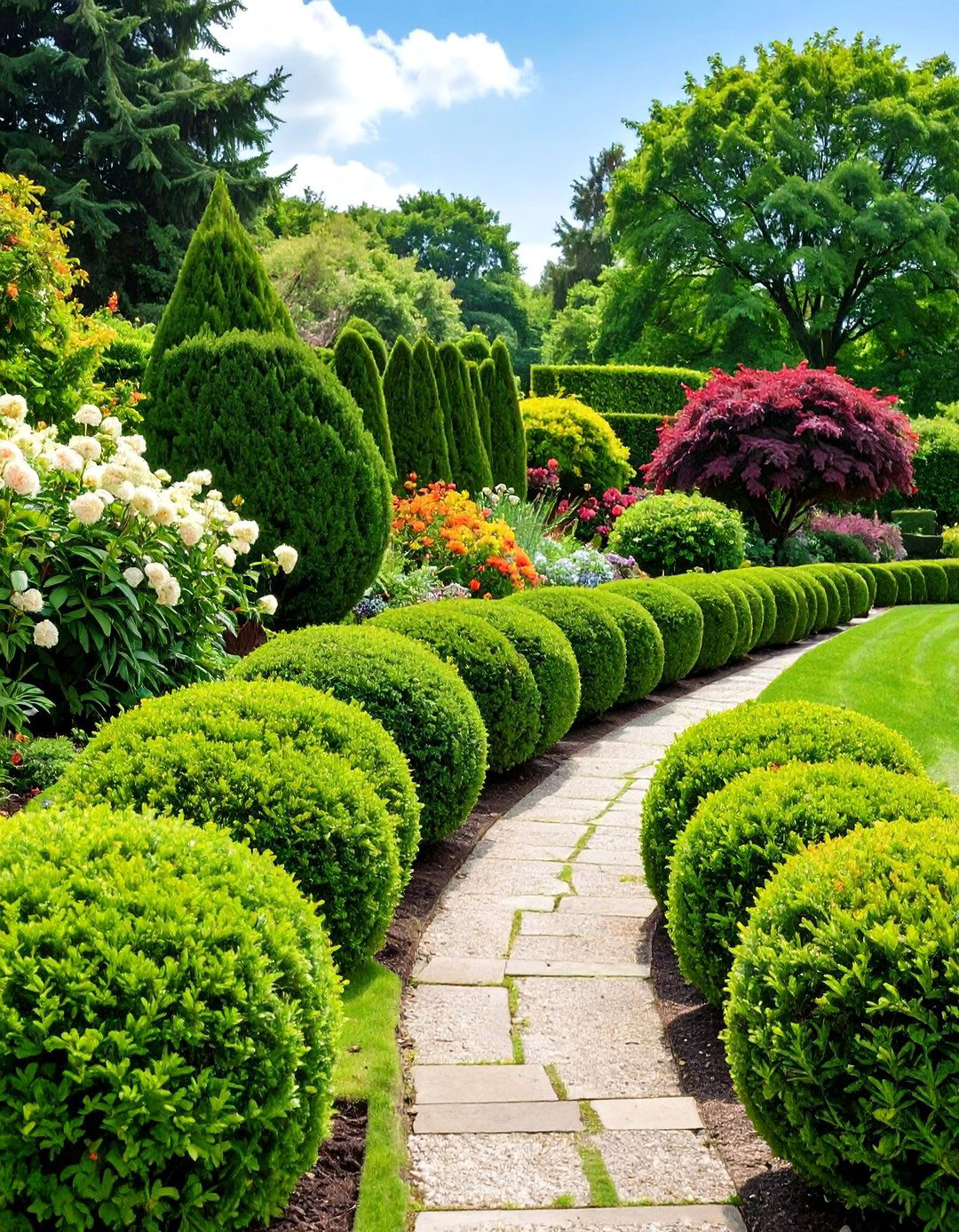
Leave a Reply